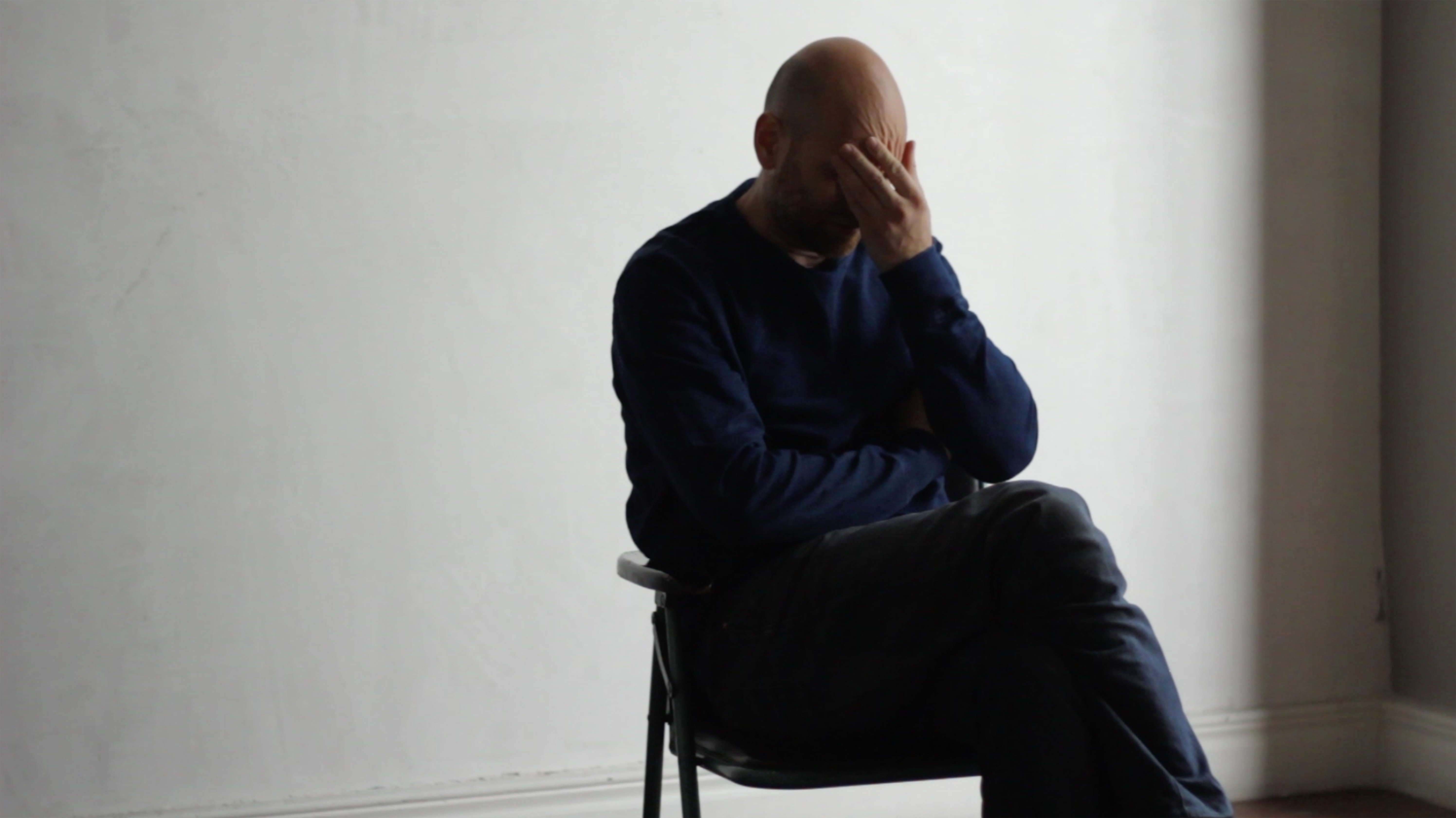AYOTZINAPA CASE
A research about the mediatic echoes from the officially called ‘Iguala Case’
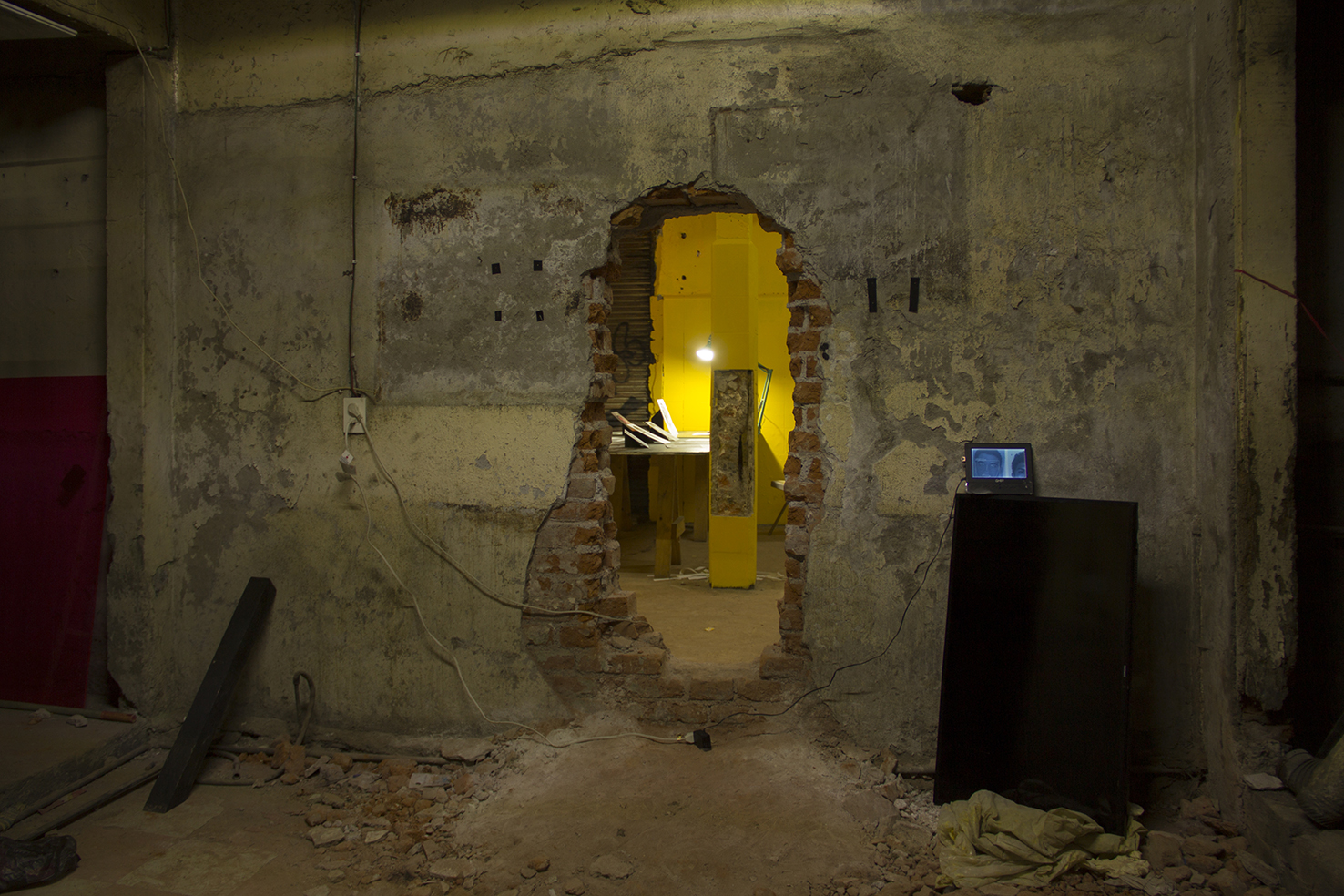
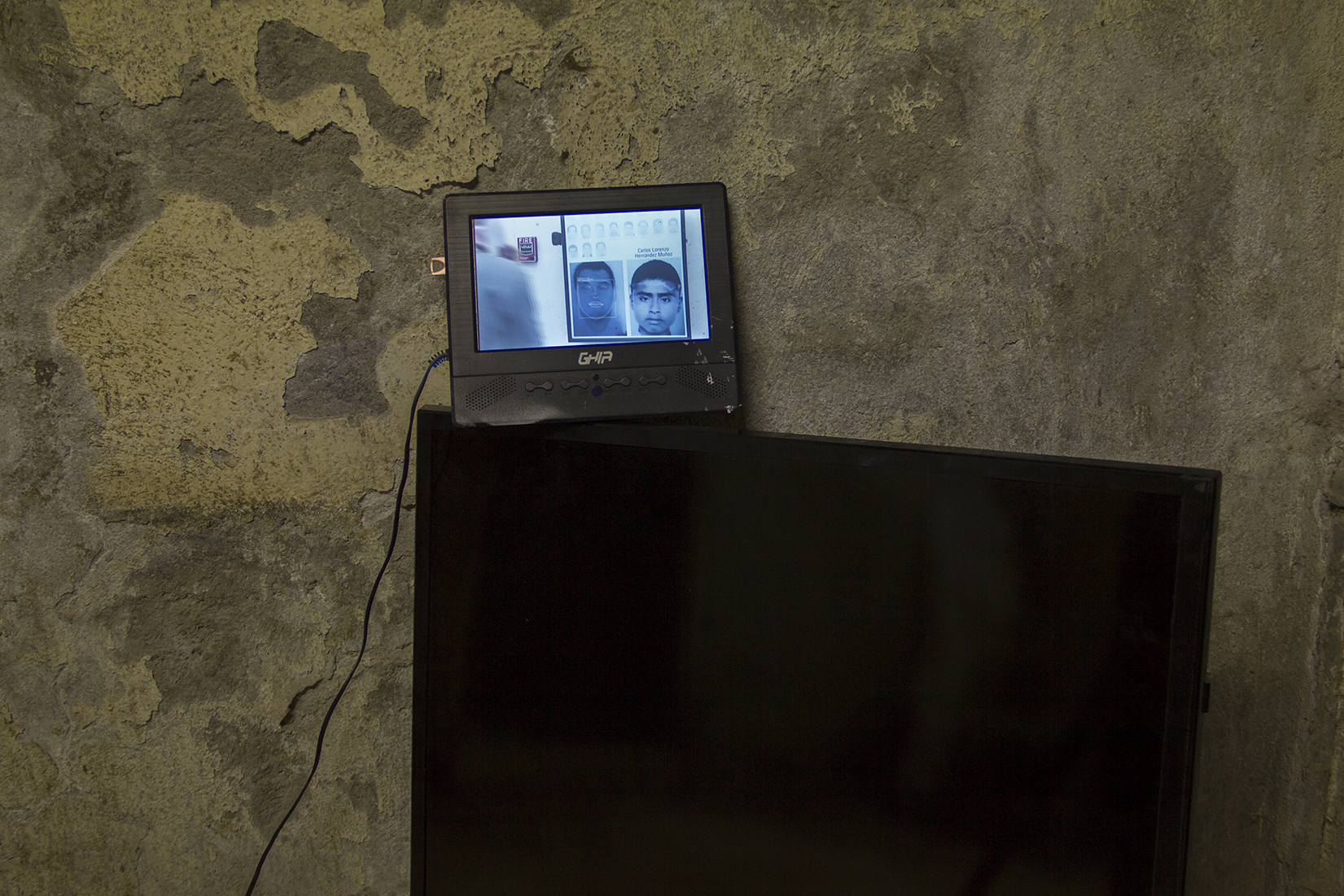
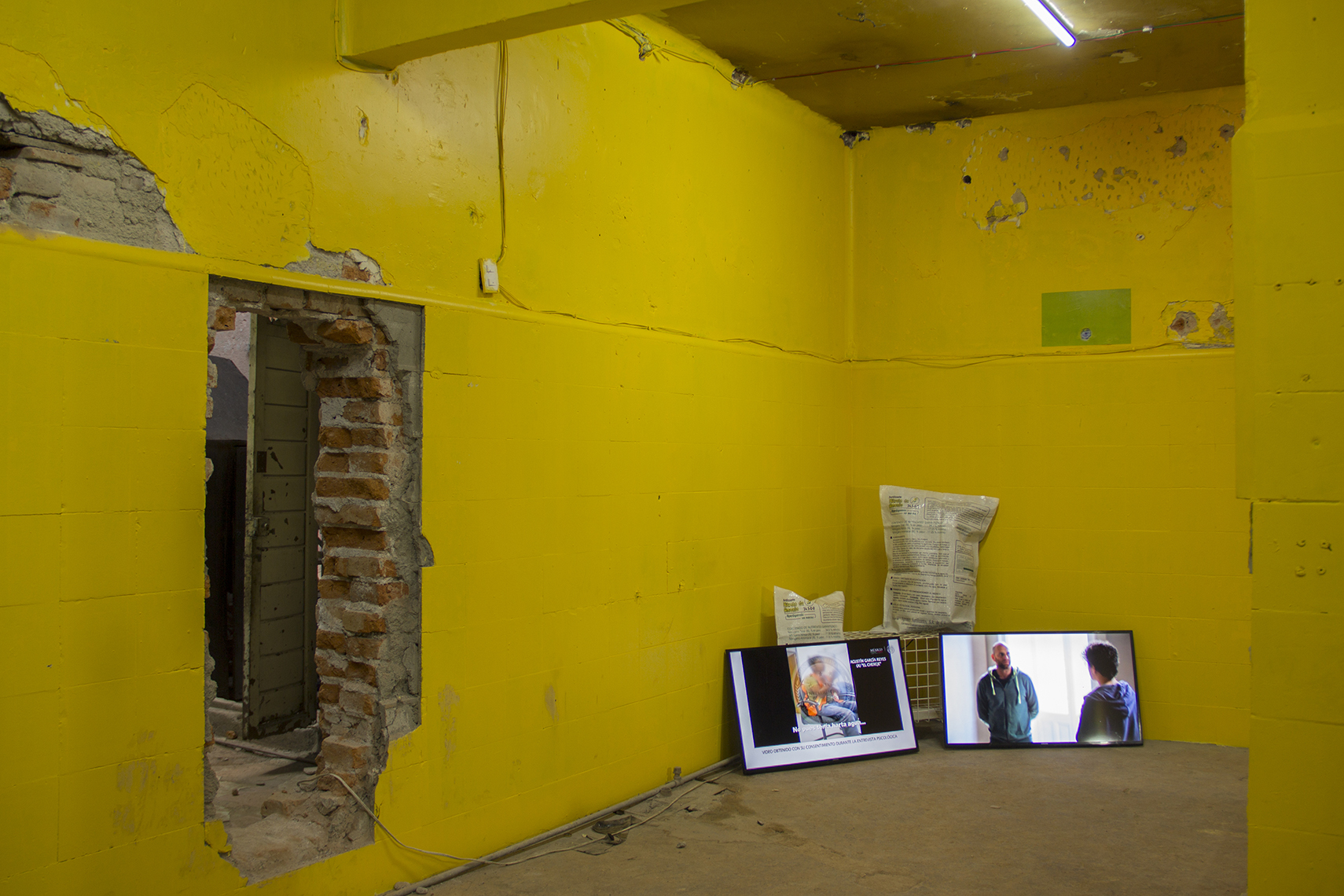
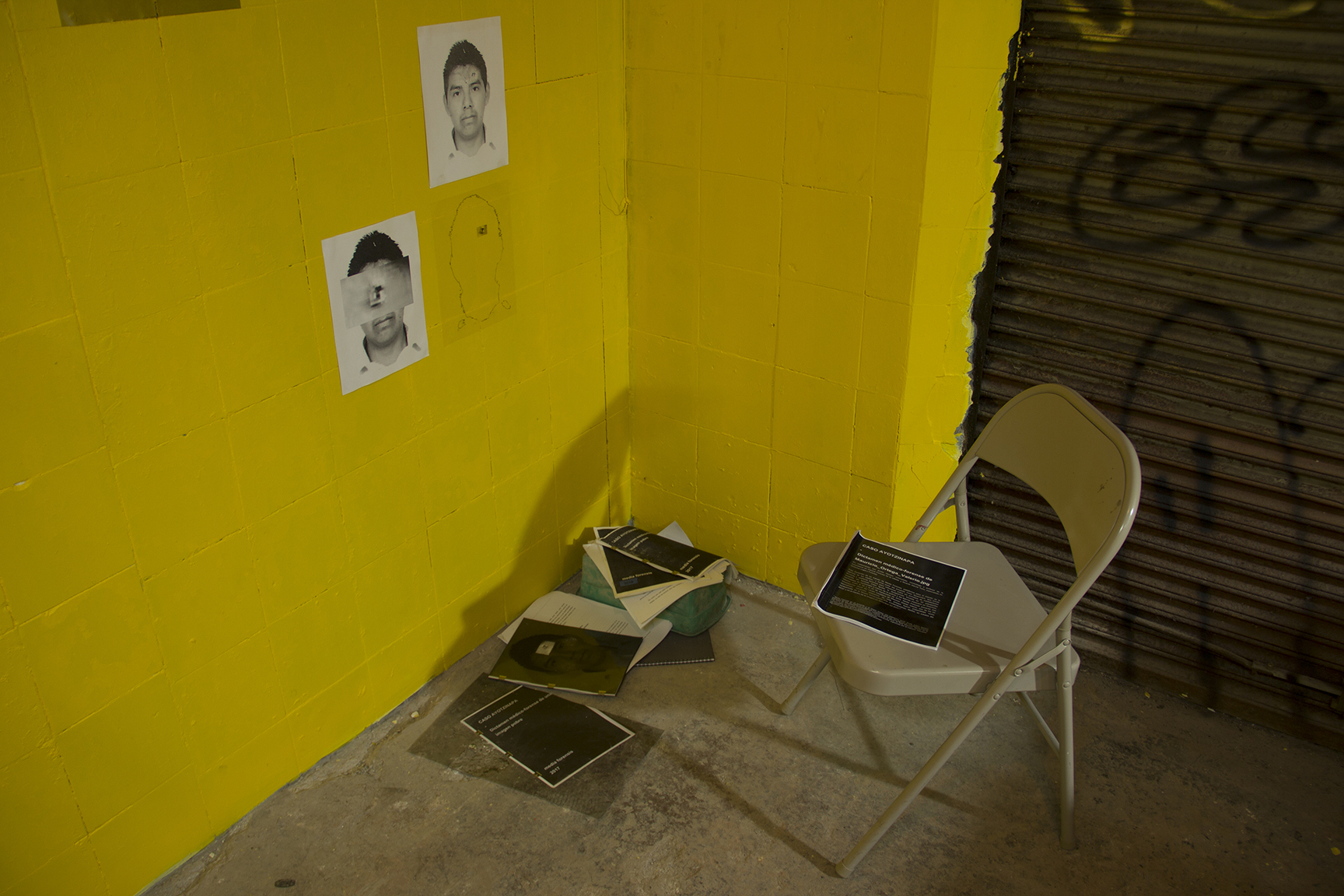

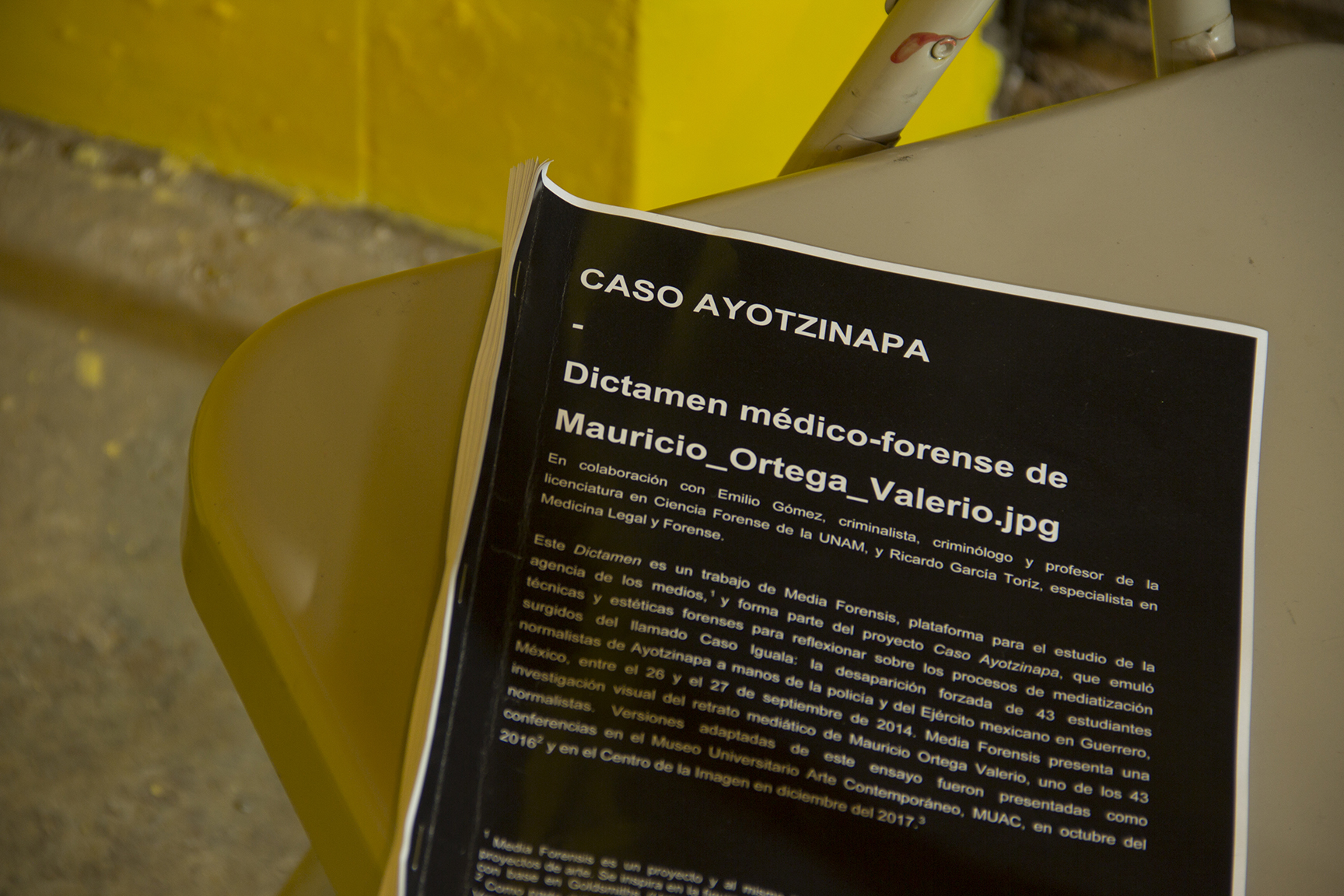
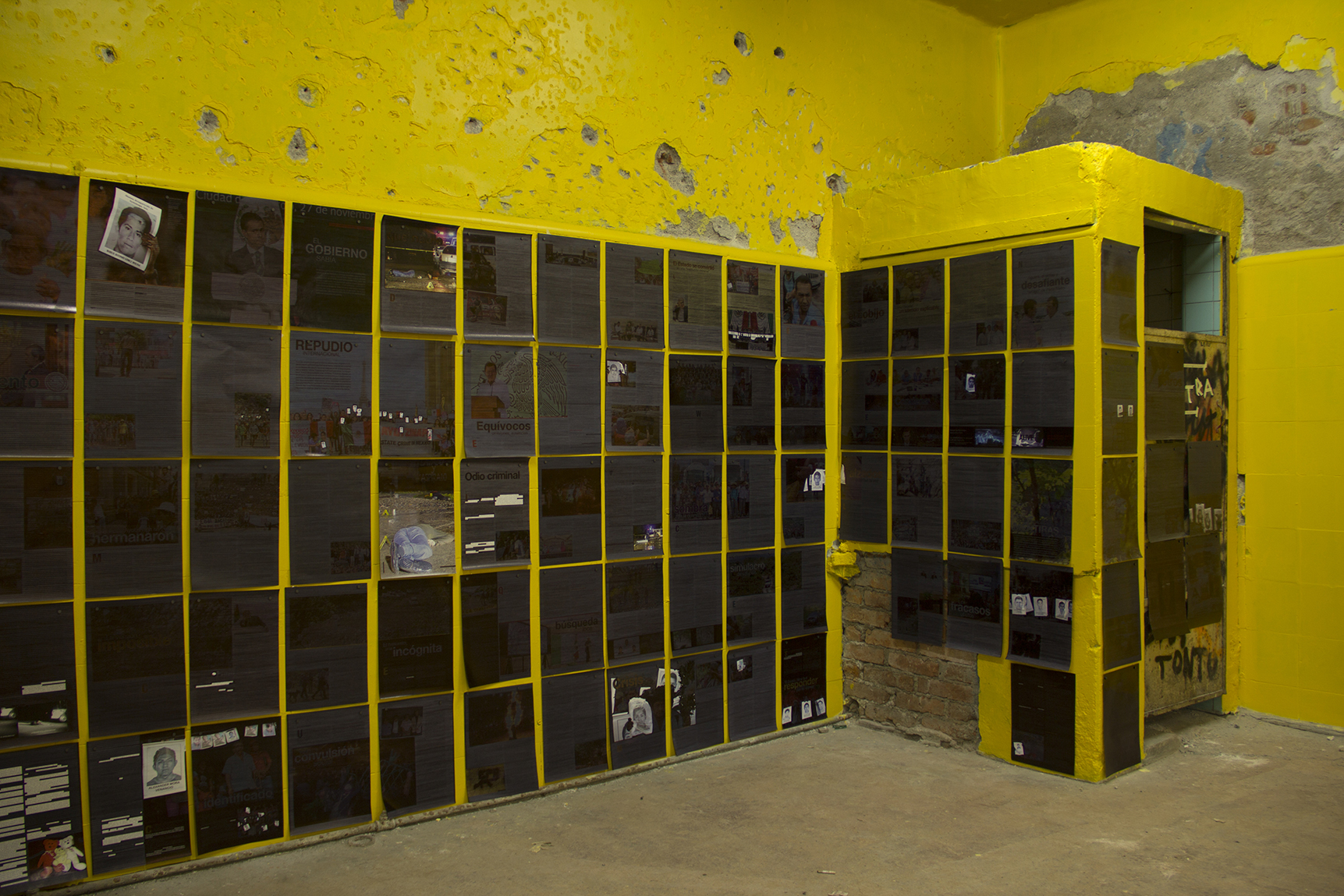

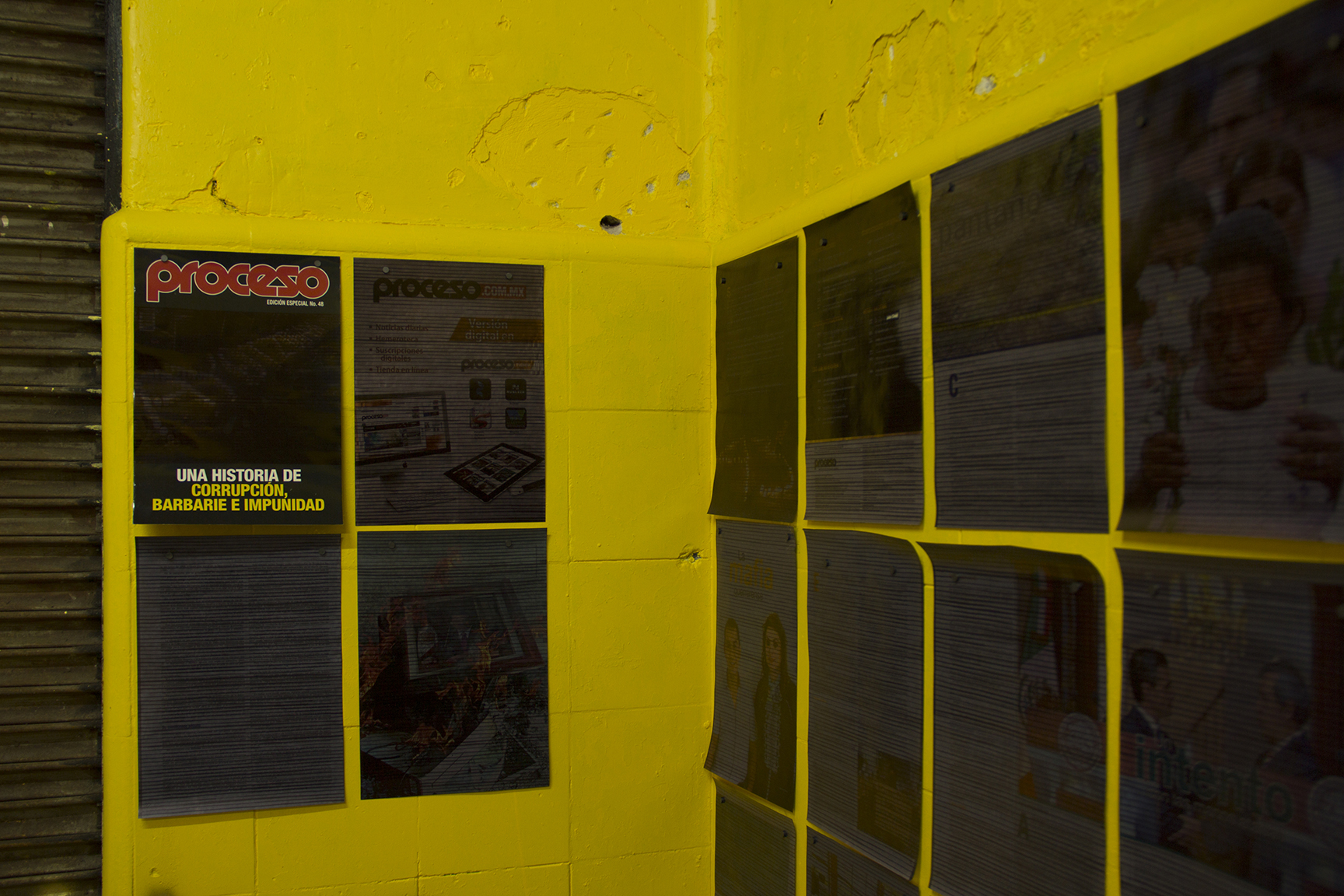
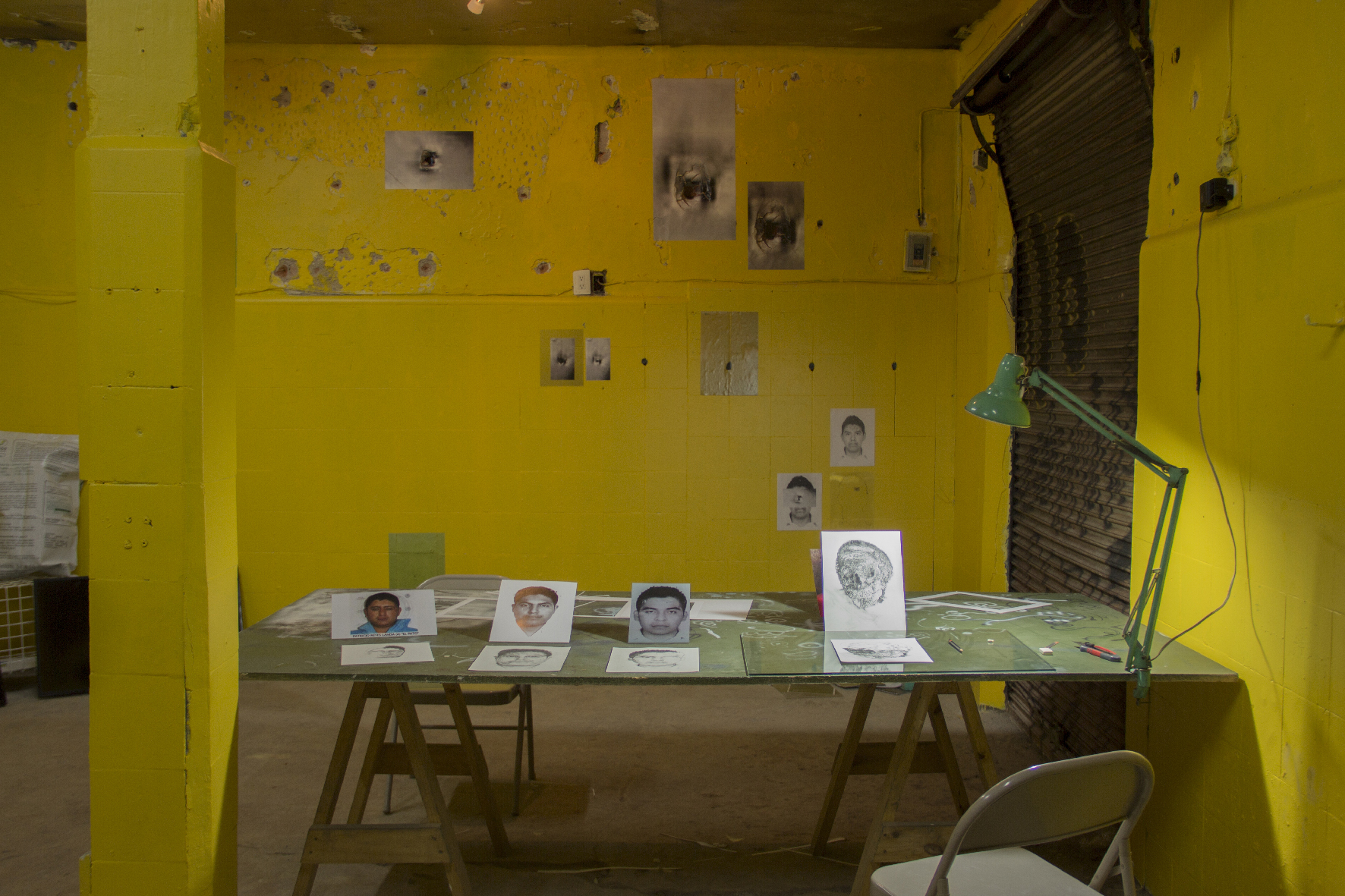

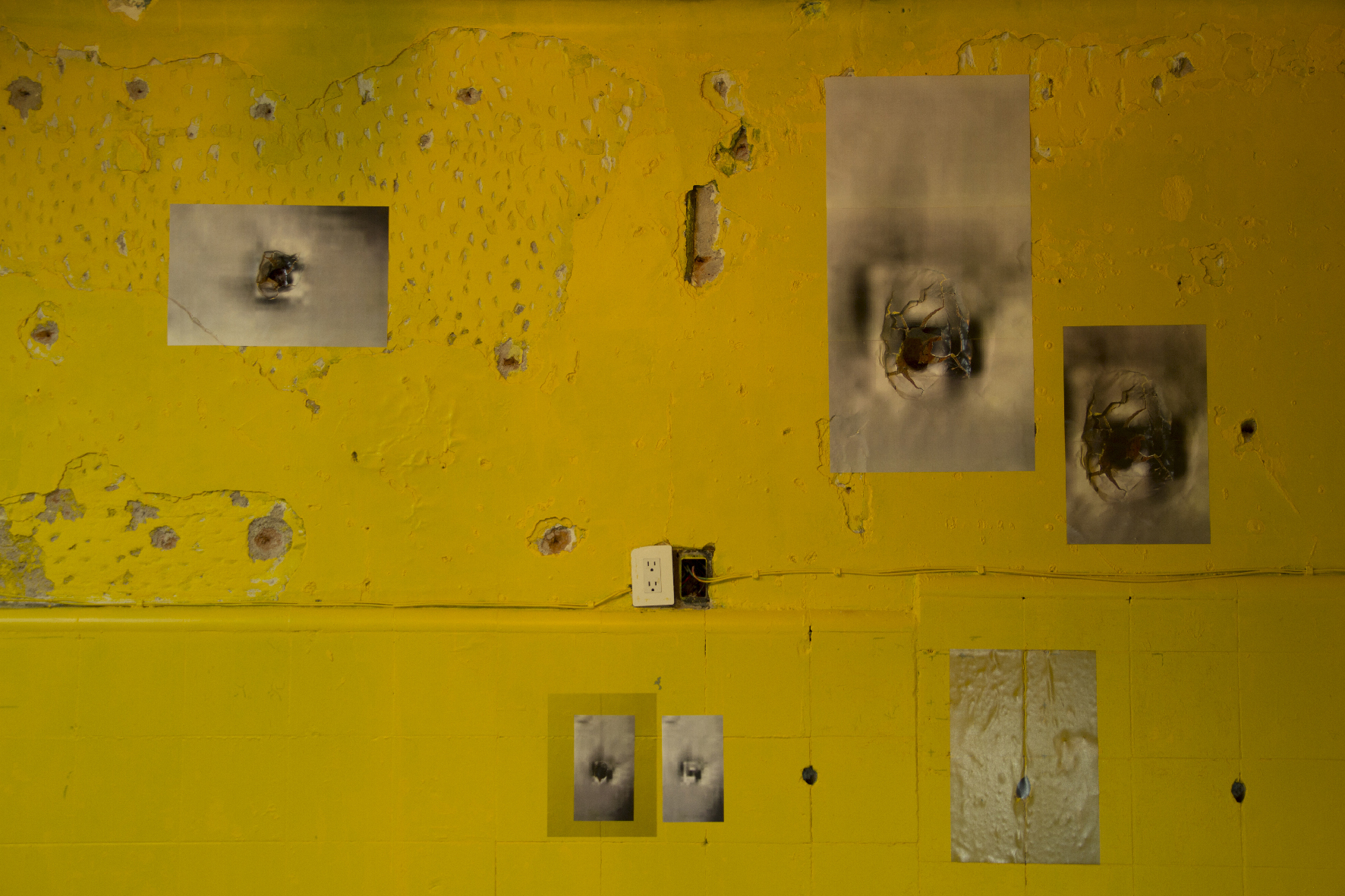
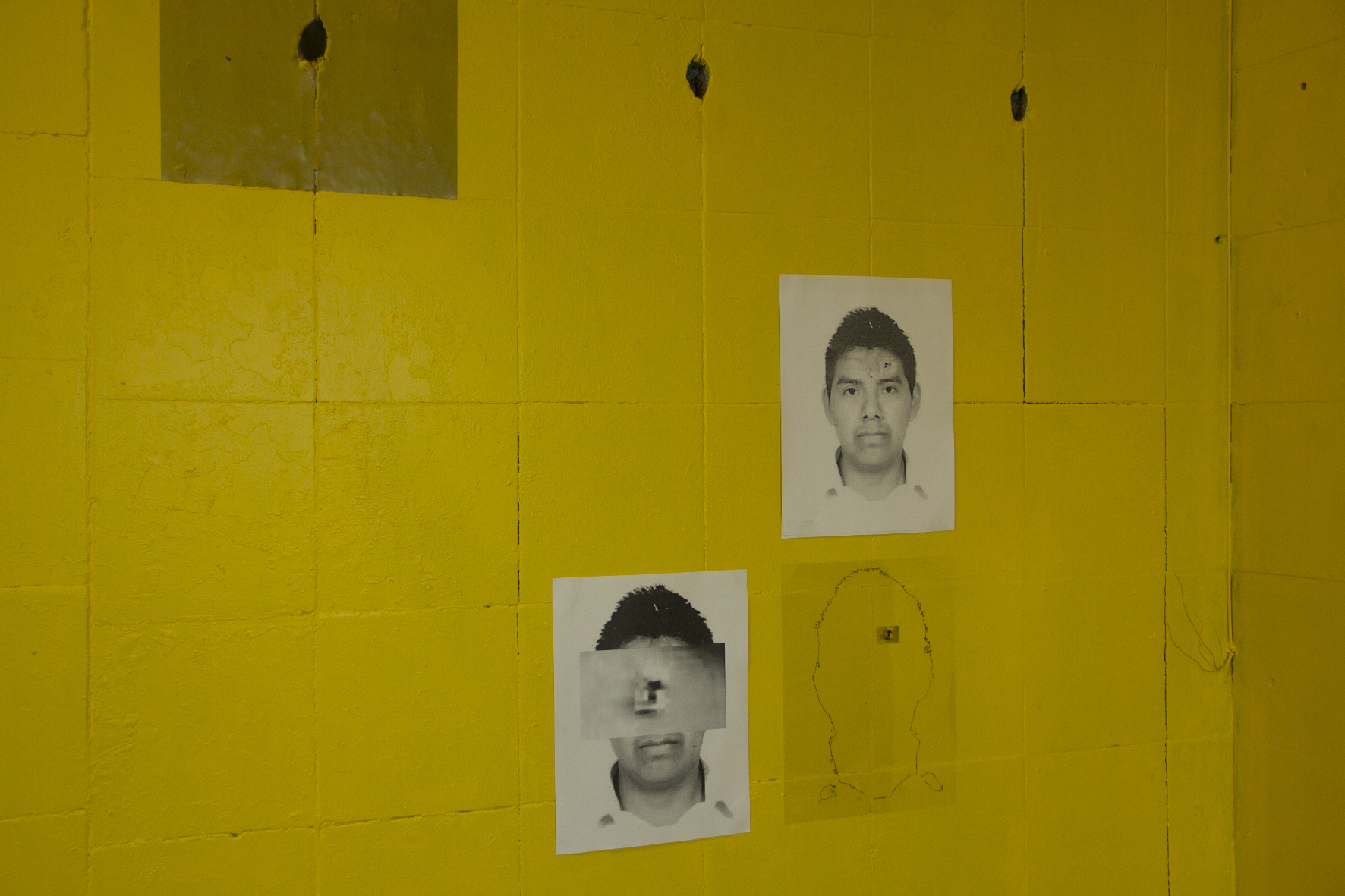
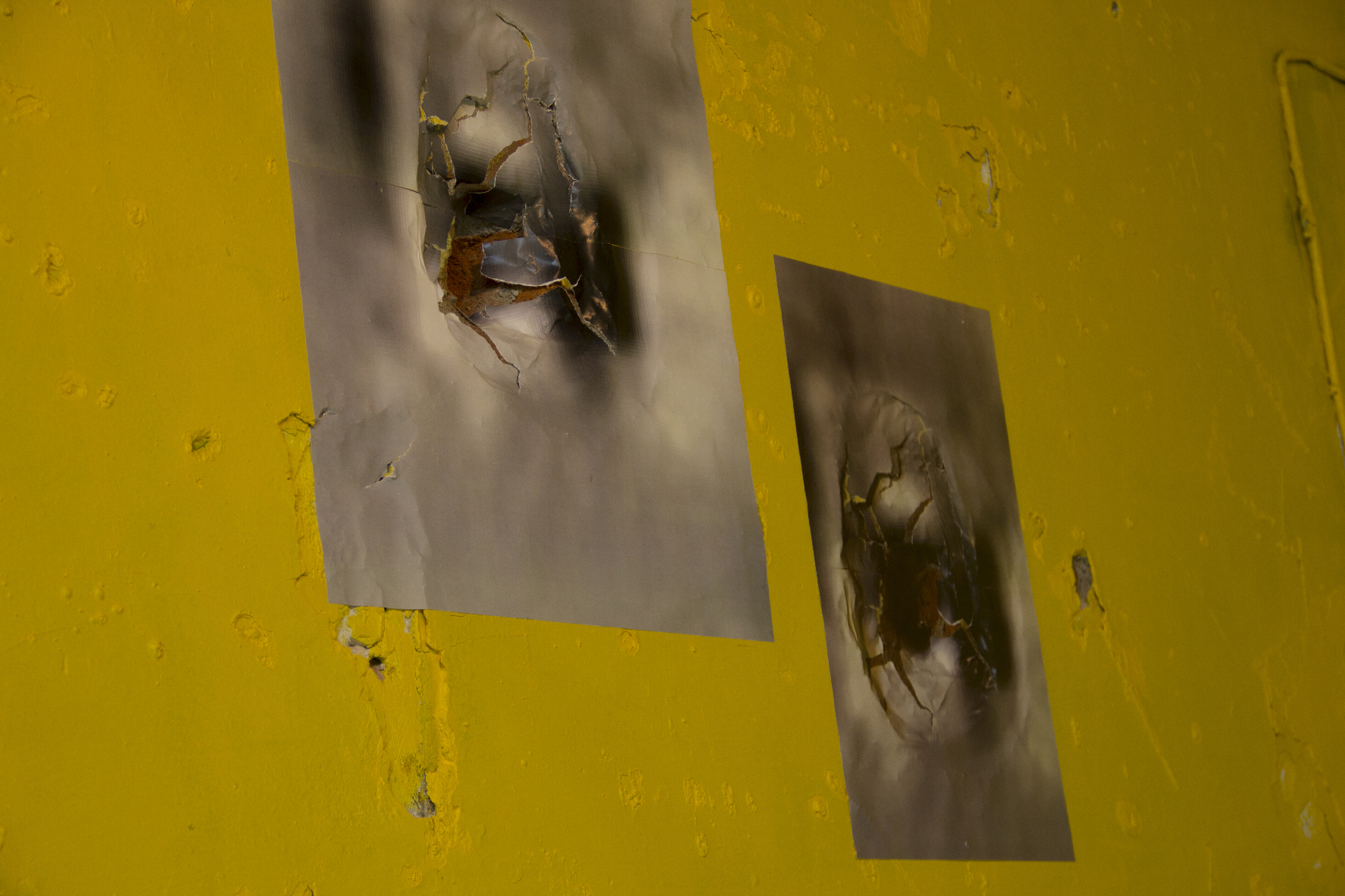
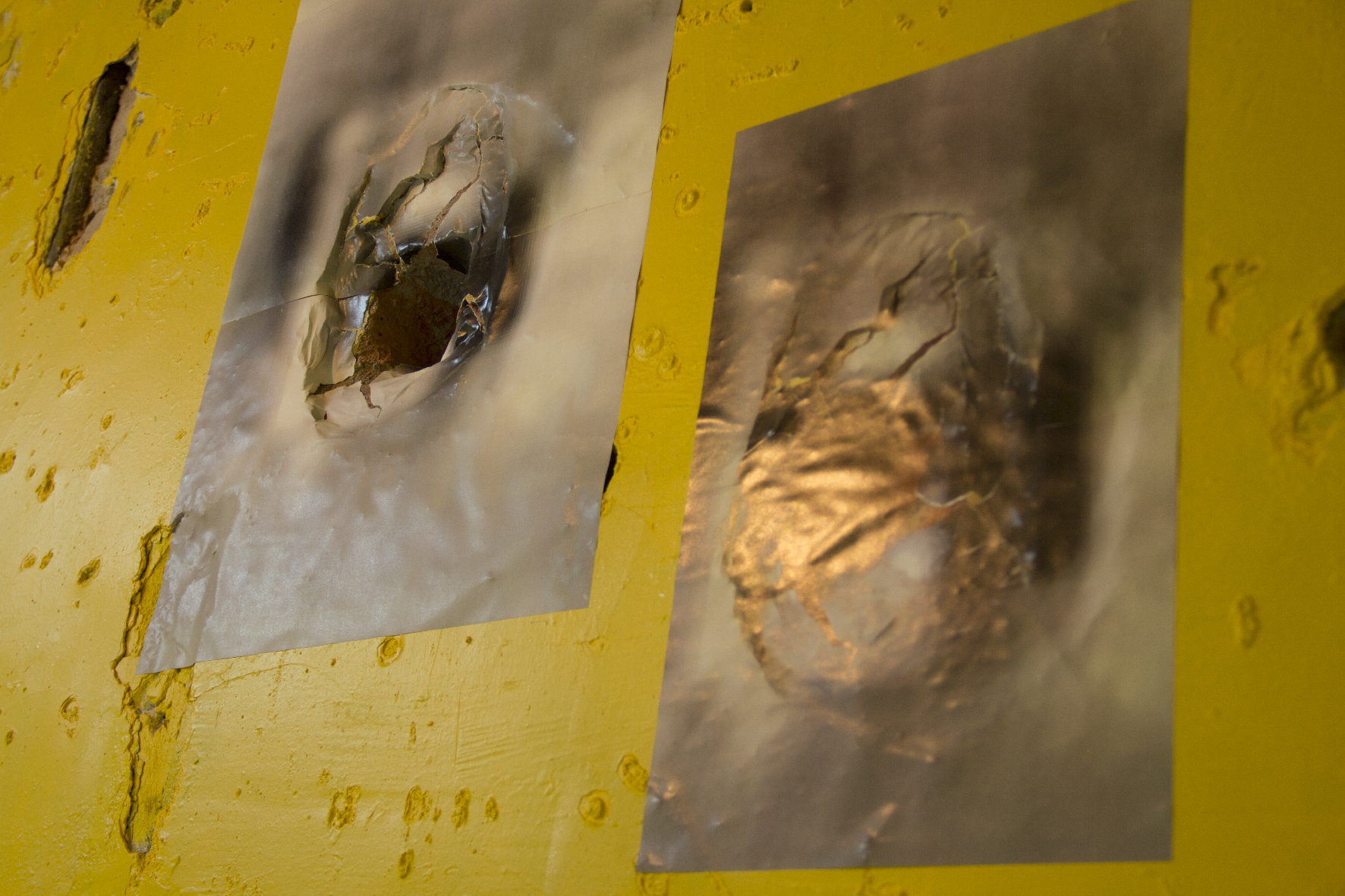
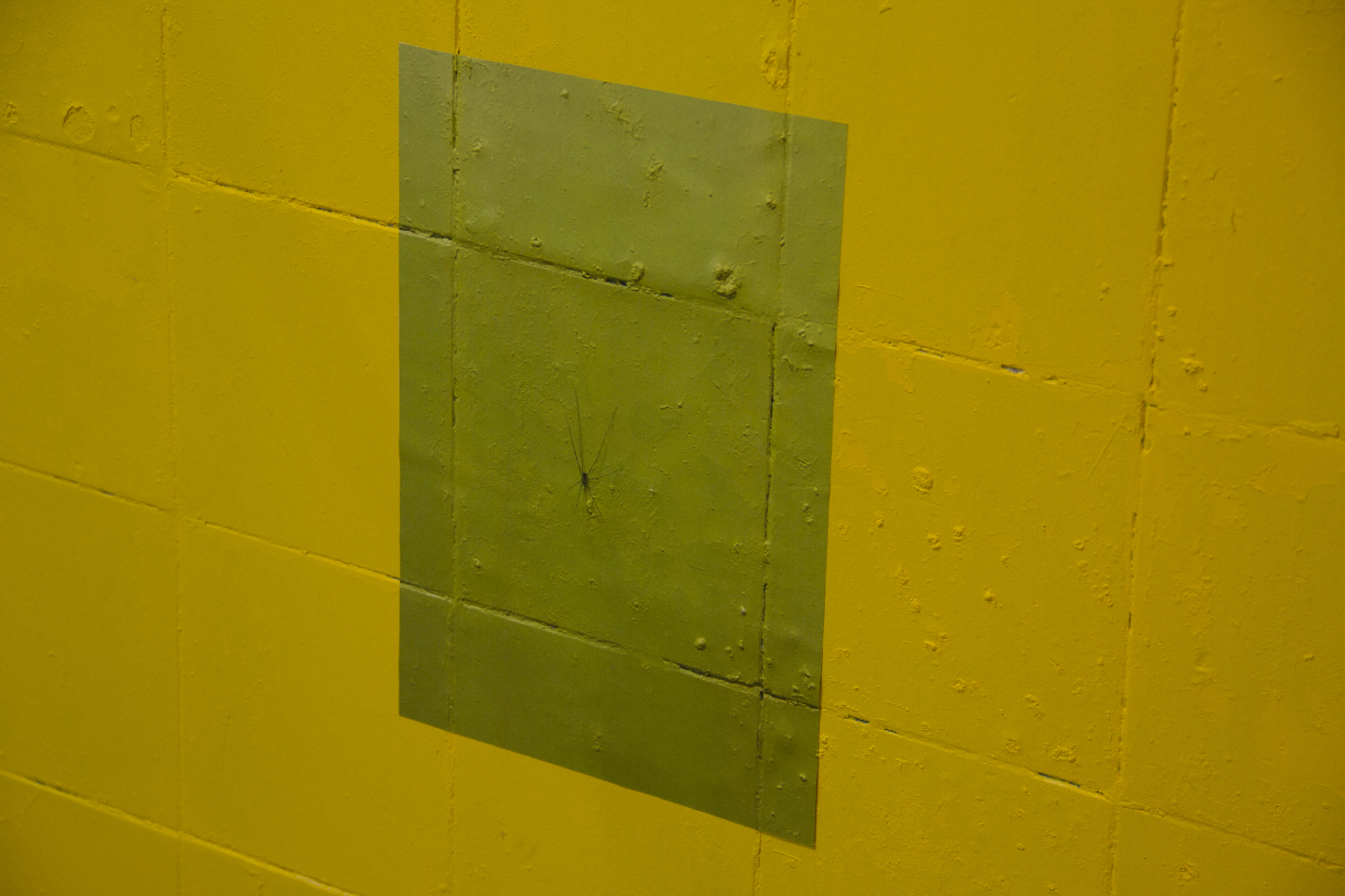
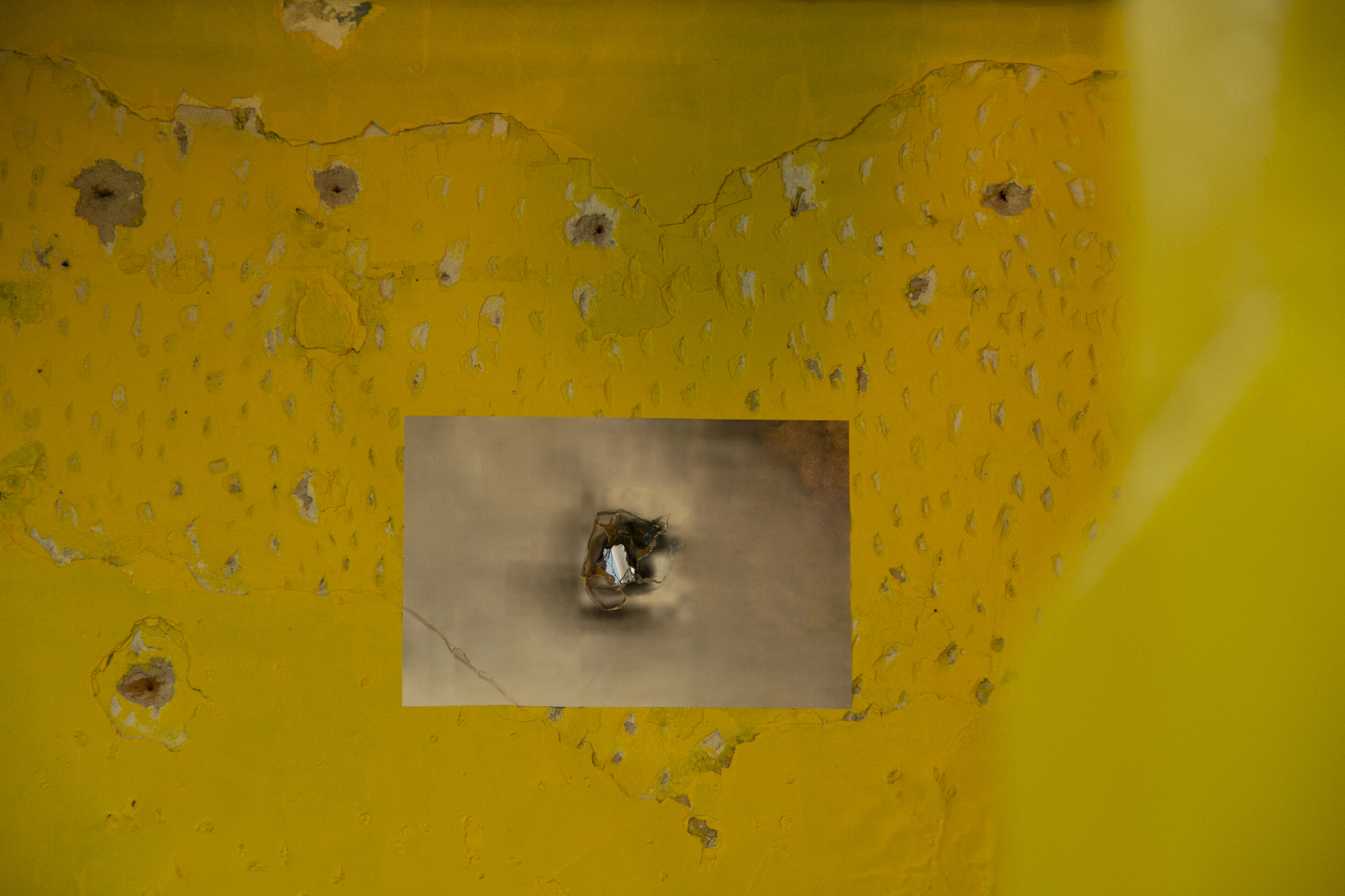
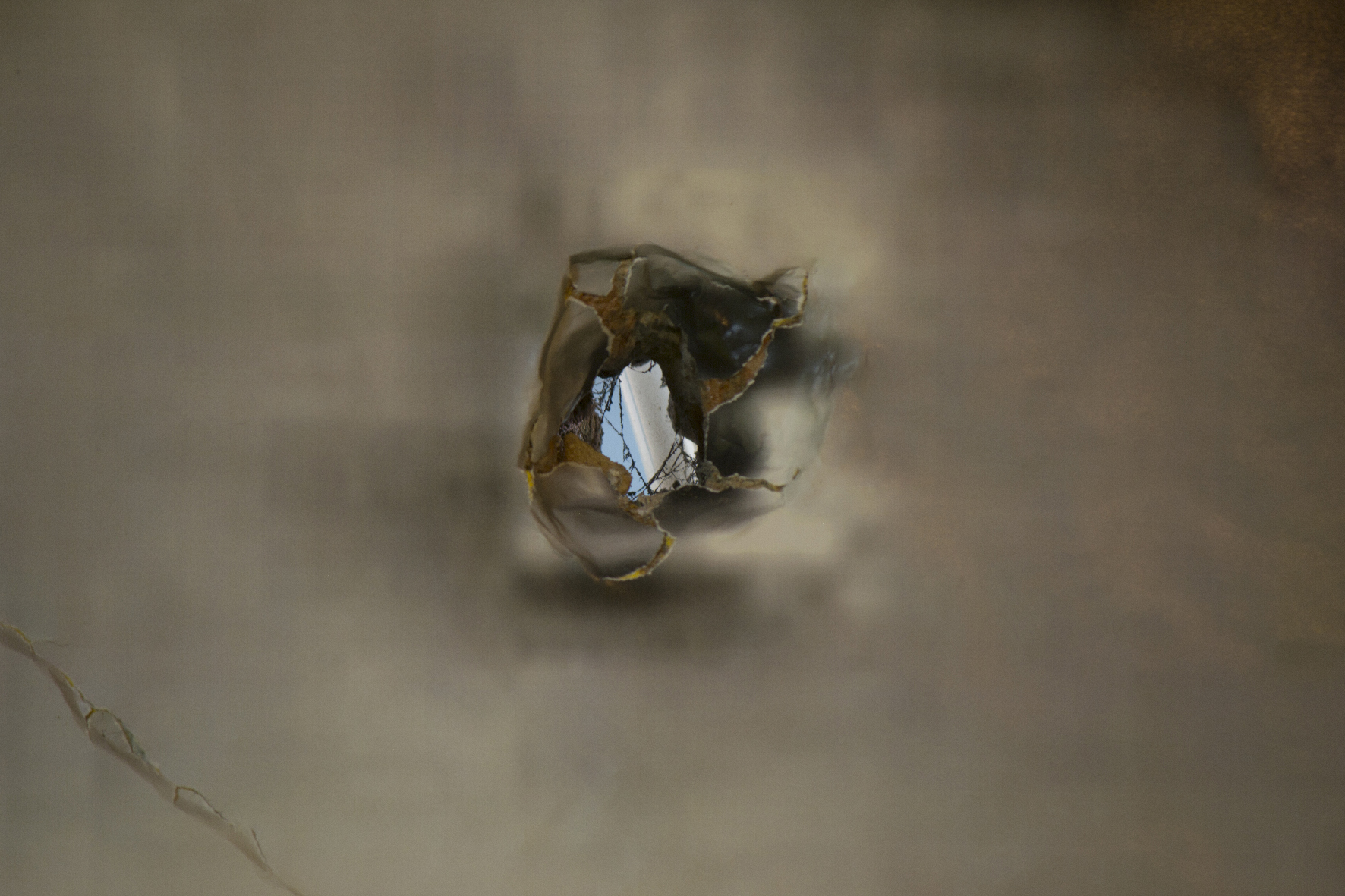
Views of the exhibition at Biquini Wax EPS, 2018
Research
Ayotzinapa Case, the first project by Media Forensis, studied the mediatic echoes from the so called Iguala Case (the forced disappearance of 43 students by the police in Guerrero, México, in 2014) by emulating forensic aesthetics and techniques.
The project started with a series of drawings of the main actors of the case.
Spoken portraits
The first approach of a forensic investigation to the facts and actors of a case is a drawing of the aggressor or the victim on the basis of a witness testimony. Our witnesses were the popular digital images of those actors. The Spoken portraits were the most immediate answer to the intuition that drives the whole project: mediatic images tell, above all, a testimony about themselves.
This incomplete series has gained meaning from a
retrospective sight, and is exhibited that way, incomplete, as a work in progress –after all, the Iguala Case
is still an open case.

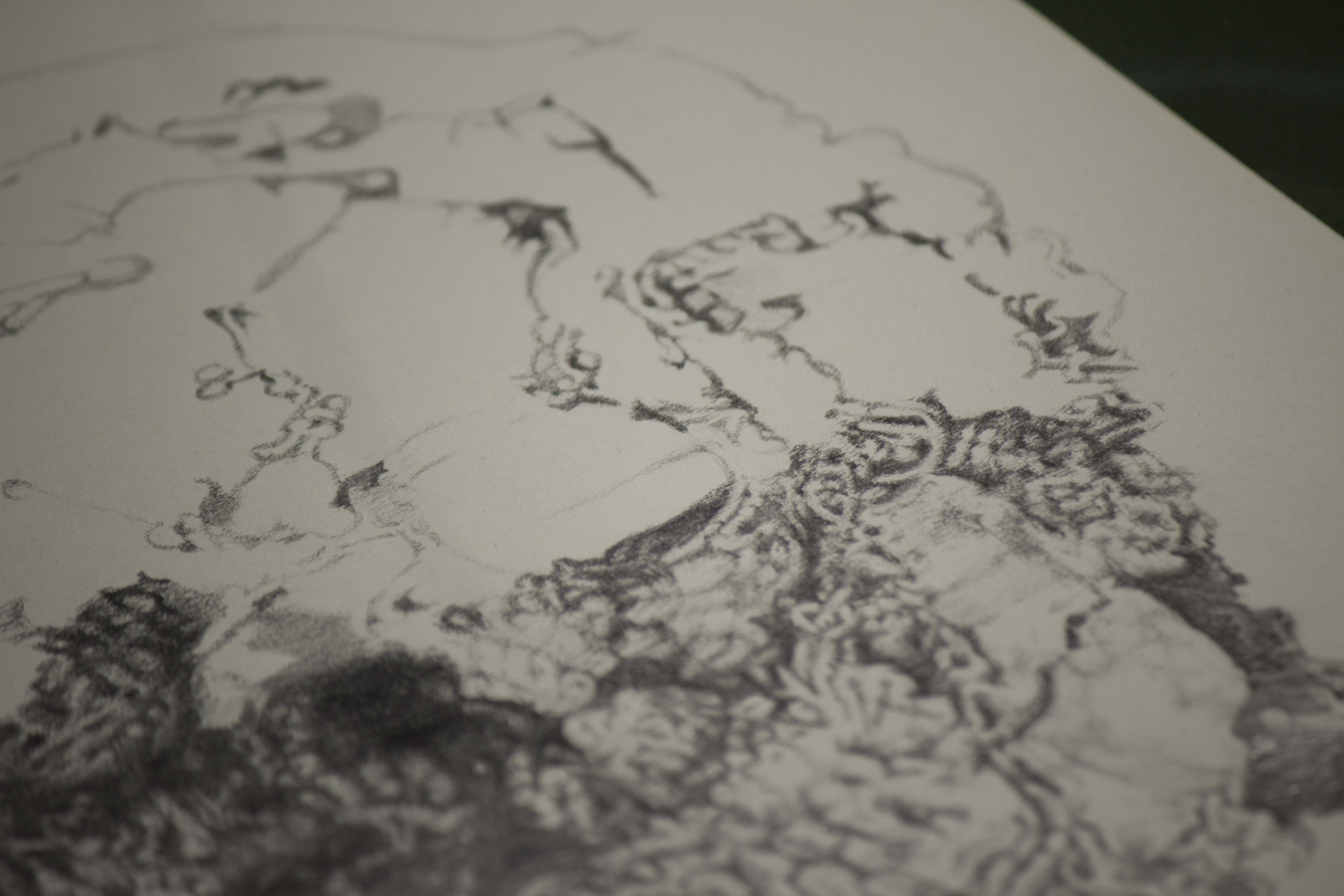
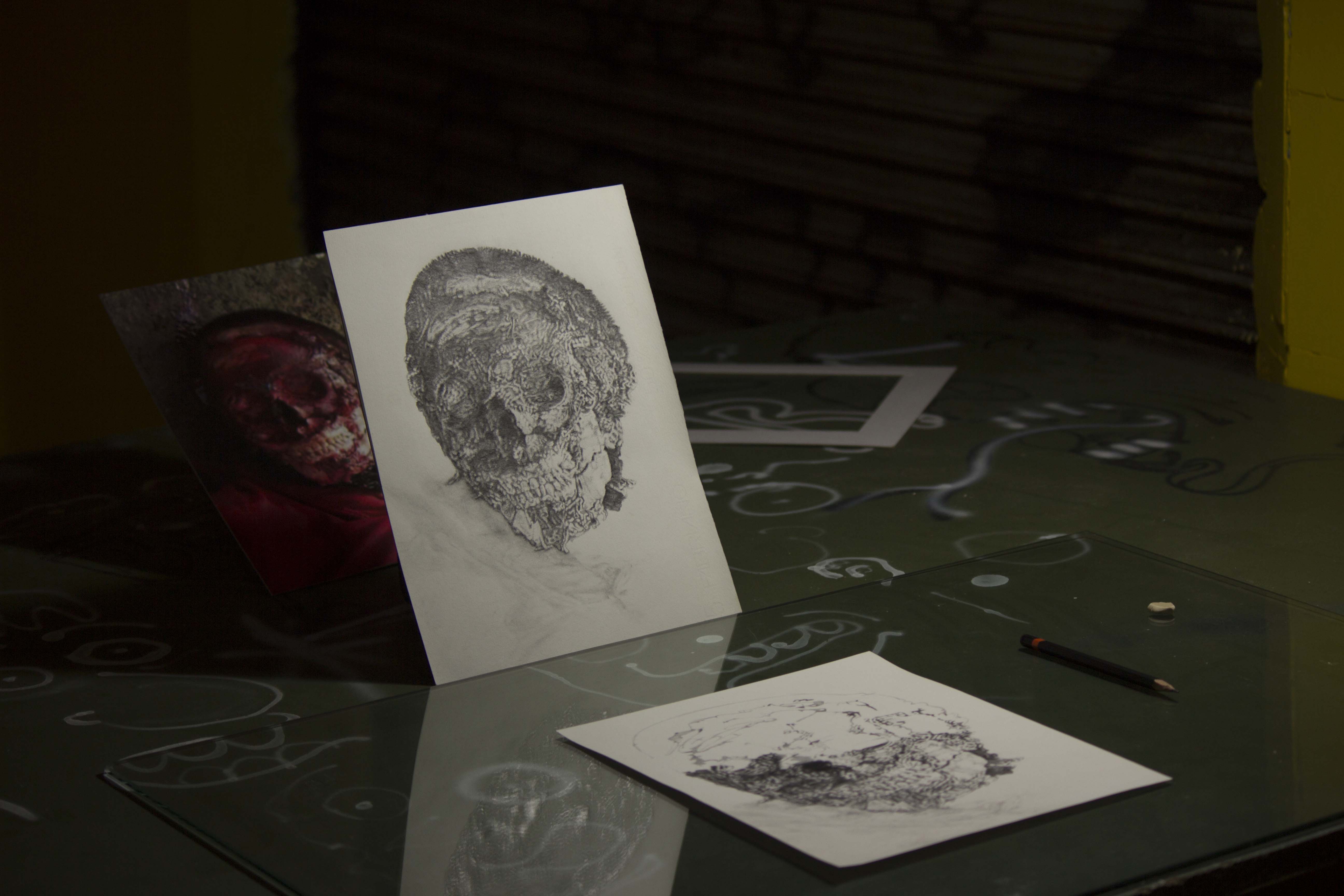
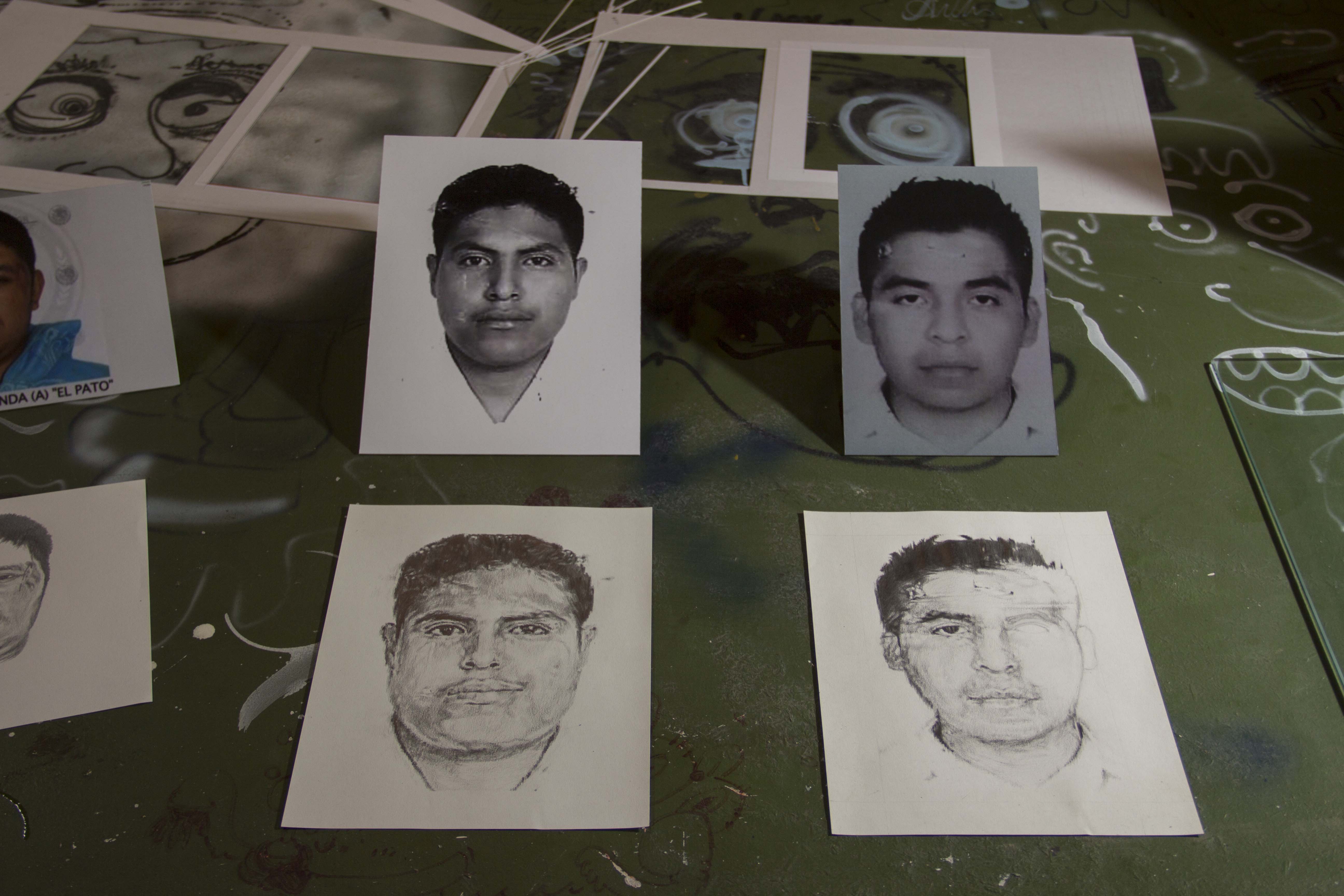
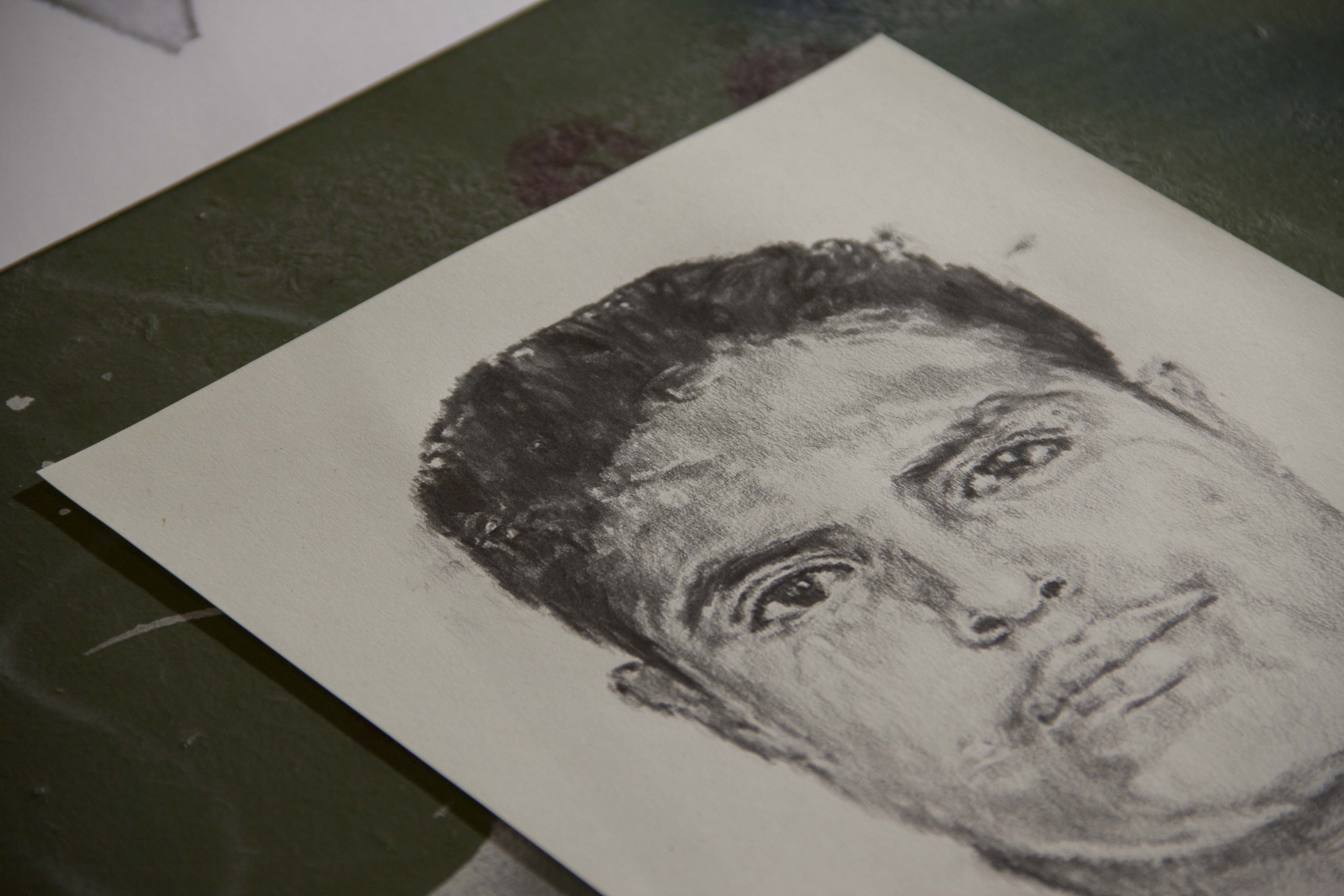
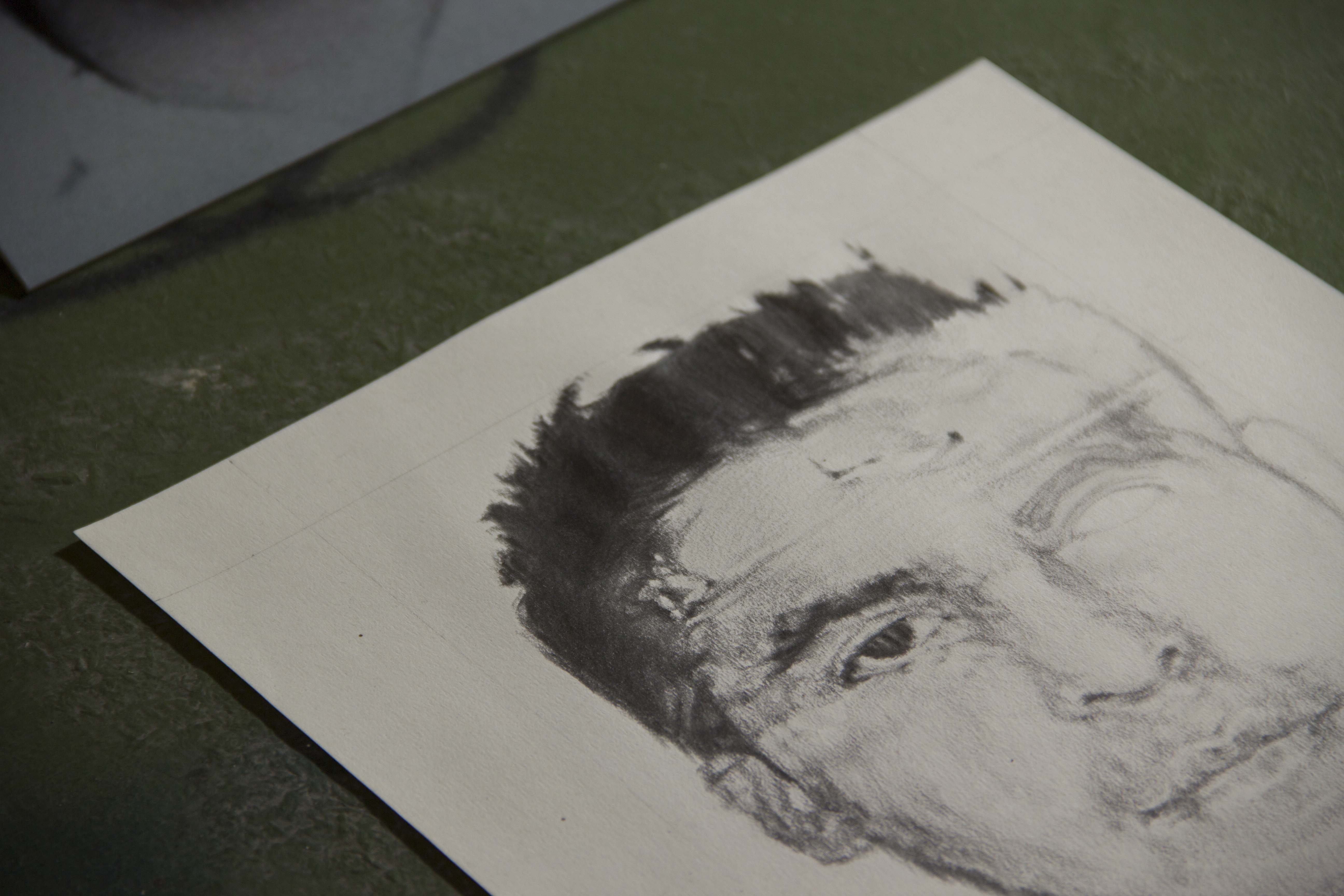

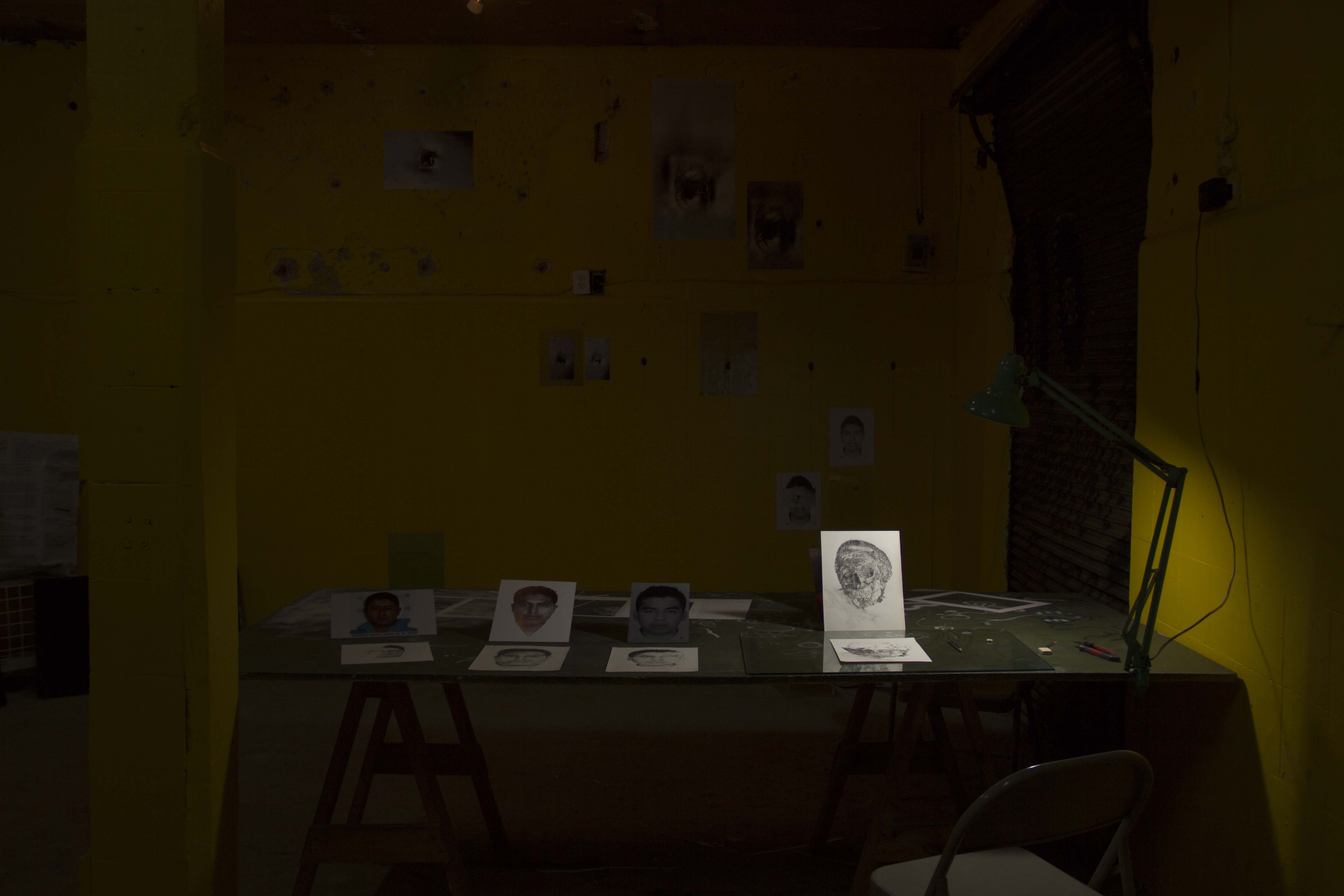
View of the exhibition at Biquini Wax EPS , 2018
Level of Confidence
When the portraits of the disappeared students arrived to the museum, we opened a second path of investigation, Level of Confidence, a video that interacts with the homonym work by Rafael Lozano-Hemmer. Imagining ourselves in the position of civil society, we asked ourselves: who are we looking for?
Lozano-Hemmer writes about his work:
“...The project consists of a
face-recognition camera that has been trained to tirelessly look for the faces of the disappeared students.
As you stand in front of the camera, the system uses algorithms to find which student’s facial features look
most like yours and gives a “level of confidence” on how accurate the match is, in percent.
The biometric surveillance algorithms (...) in this project they are used to search for victims (...) The
piece will always fail to make a positive match, as we know that the students were likely murdered...”
Before Lozano-Hemmer’s camera, we presented the same images whith which his work tries to identify the visitors at the Museo Universitario Arte Contemporáneo (2015). We found that only one of the 43 printed portraits was assosiated with its digital version –dictaminating a correspondence level (a “confidence” level) of only 20% and giving as result the phrase: “student not found”.
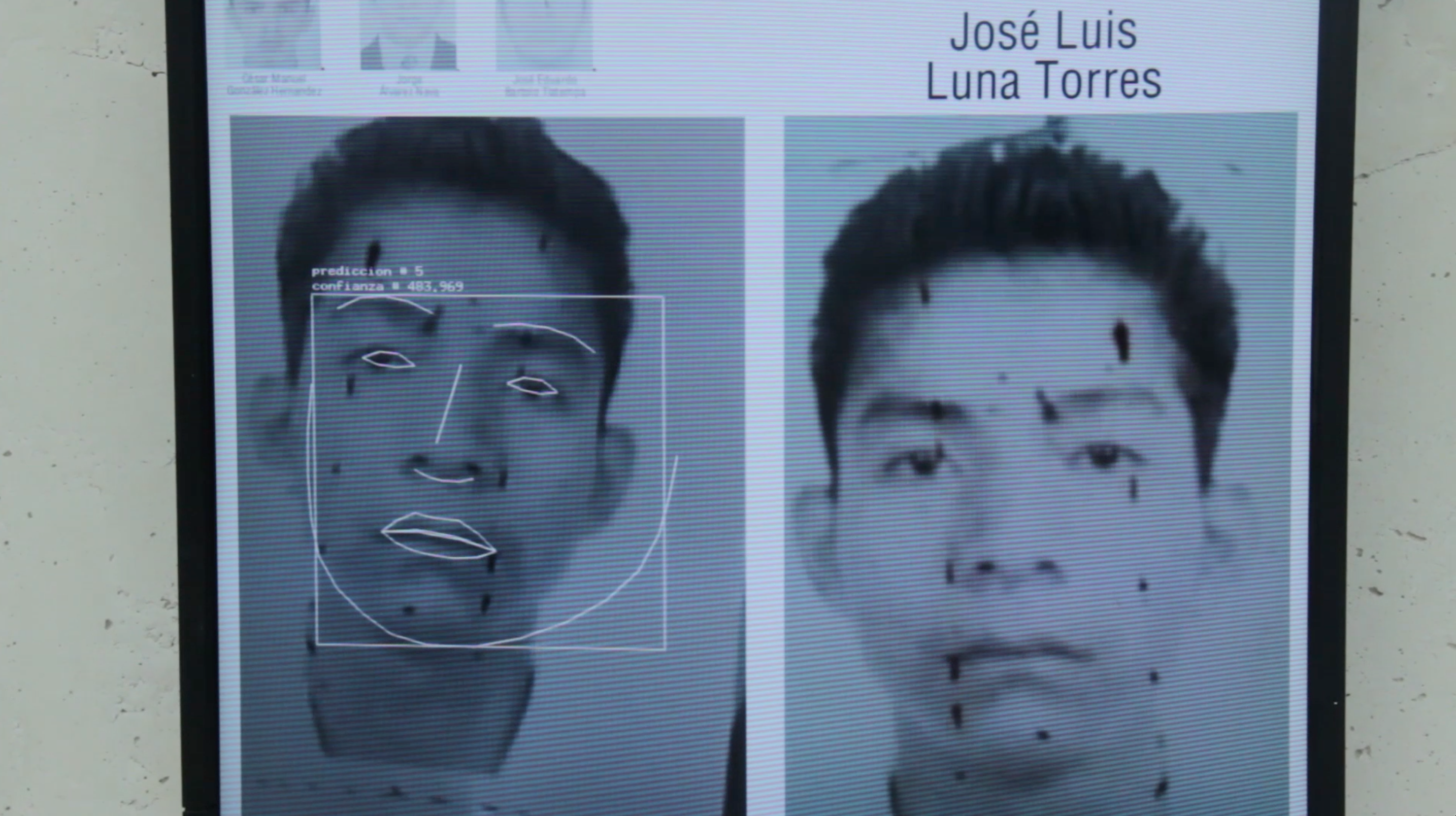

Casa Maauad Crime
Afterwards, we became aware of an investigation by Anabel Hernández and Steve Fischer saying that the presumed material authors of Ayotzinapa crime were actually tortured construction workers. A crime was imposed on them.
With the purpose of reflecting about the mediation dynamics implied in that fact, we got involved in the investigation of Casa Maauad Crime. It was unclear if the crime was the murder of 43 students, the attempt of representing such crime or the attempt of representing such representation –so we made a video to study the case.
This reenacment was made and exhibited at Casa Maauad (2016).
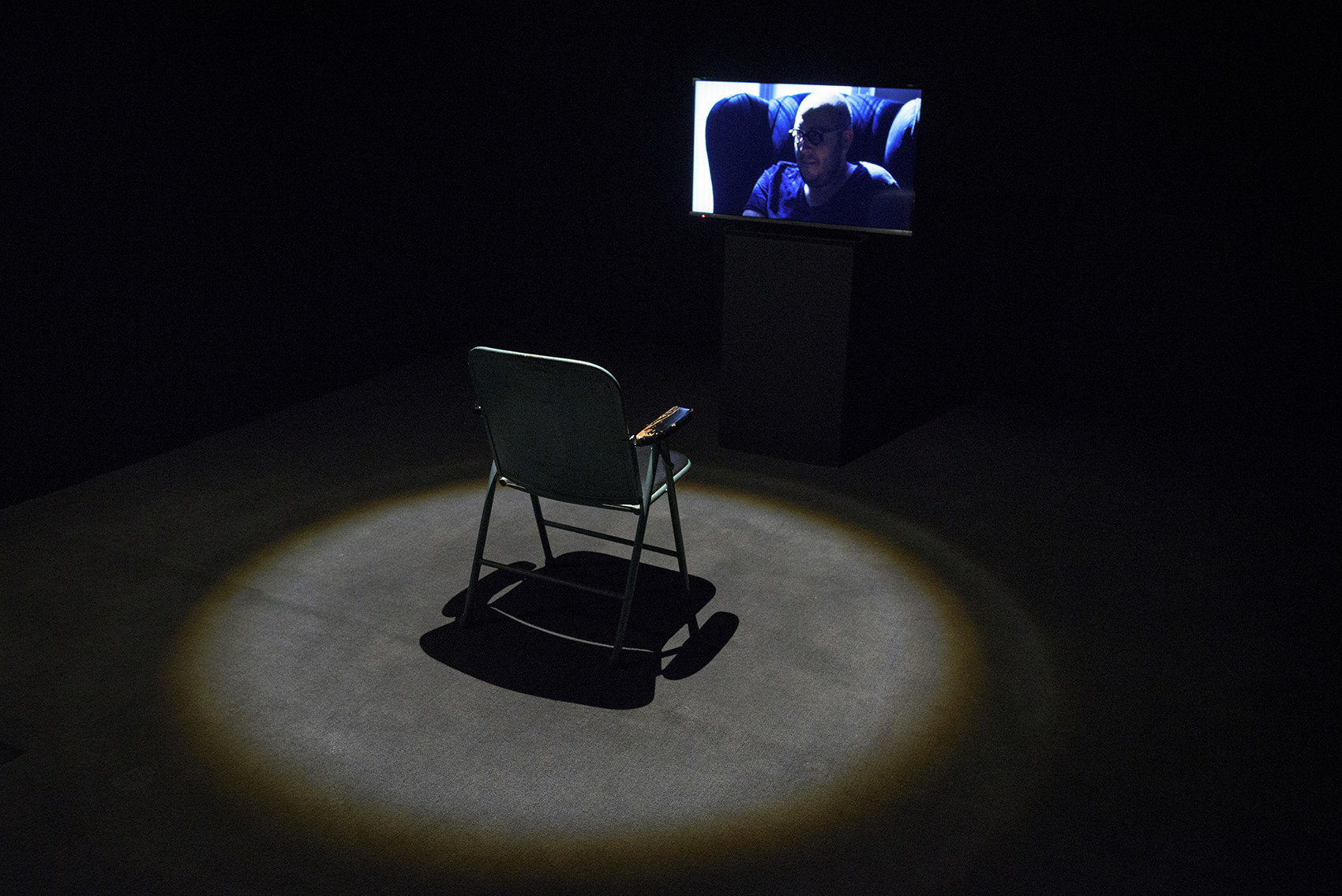
View of the exhibition at Casa Maauad, 2016
Medical-forensic report of Mauricio_Ortega_Valerio.jpg
Other Ayotzinapa victims, we discovered, were the viral portraits of the students, which for the most part shown some wounds –suffered, we think, during their reproduction.
We undertook a medical-forensic study (2016-18) which interprets and represents a wound in the viral portrait of Mauricio Ortega Valerio as a bullet wound over his face. We wanted to emphasize the thought-provoking violence suffered by this images, which were and are used by the civil society to vindicate the life of the students amongst phrases like “because they were taken alive, we want them alive!”.
The report articulates a theoretical research about image politics, forensics, mediatic disappearance as well as other related issues.
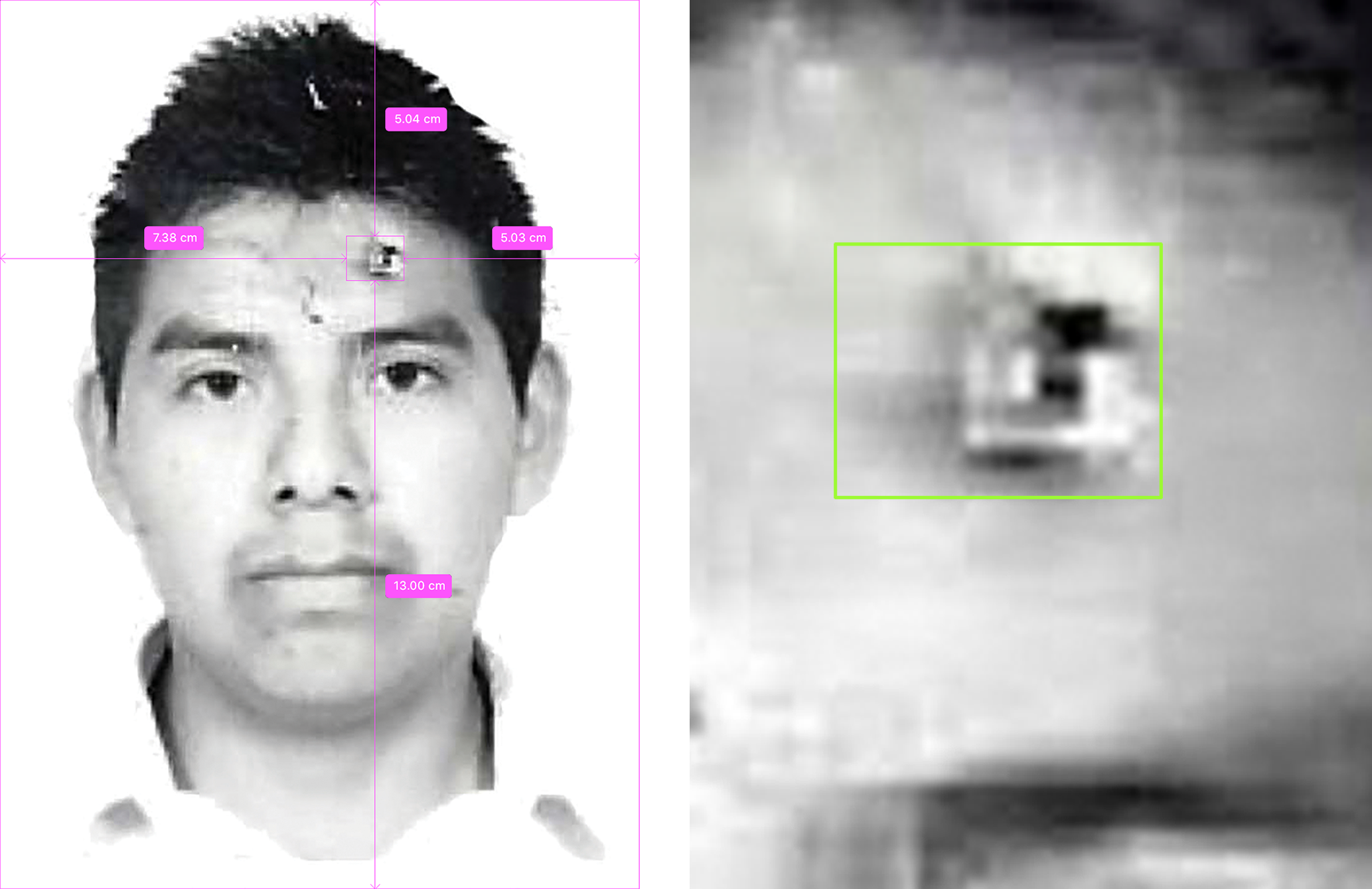
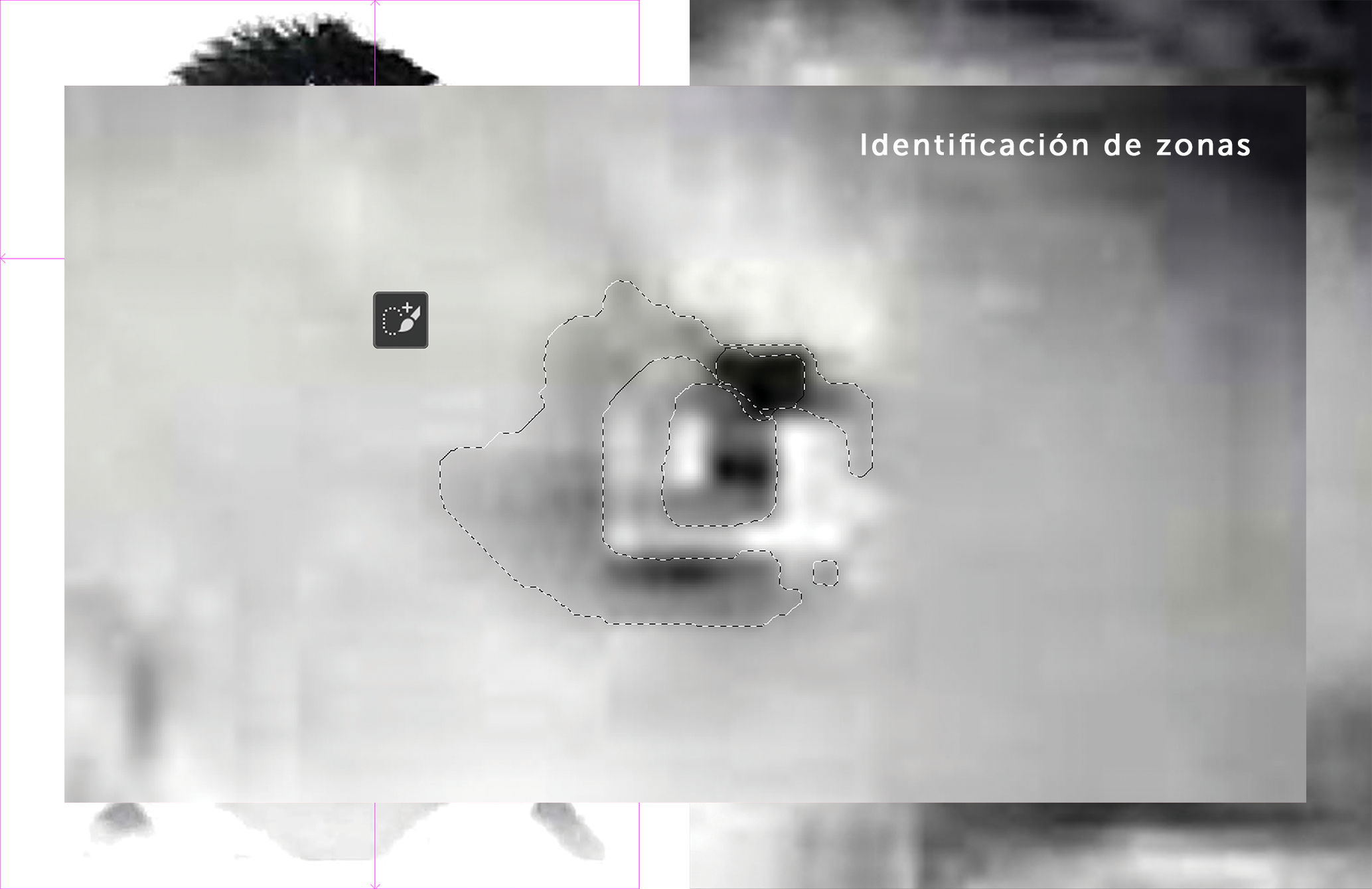
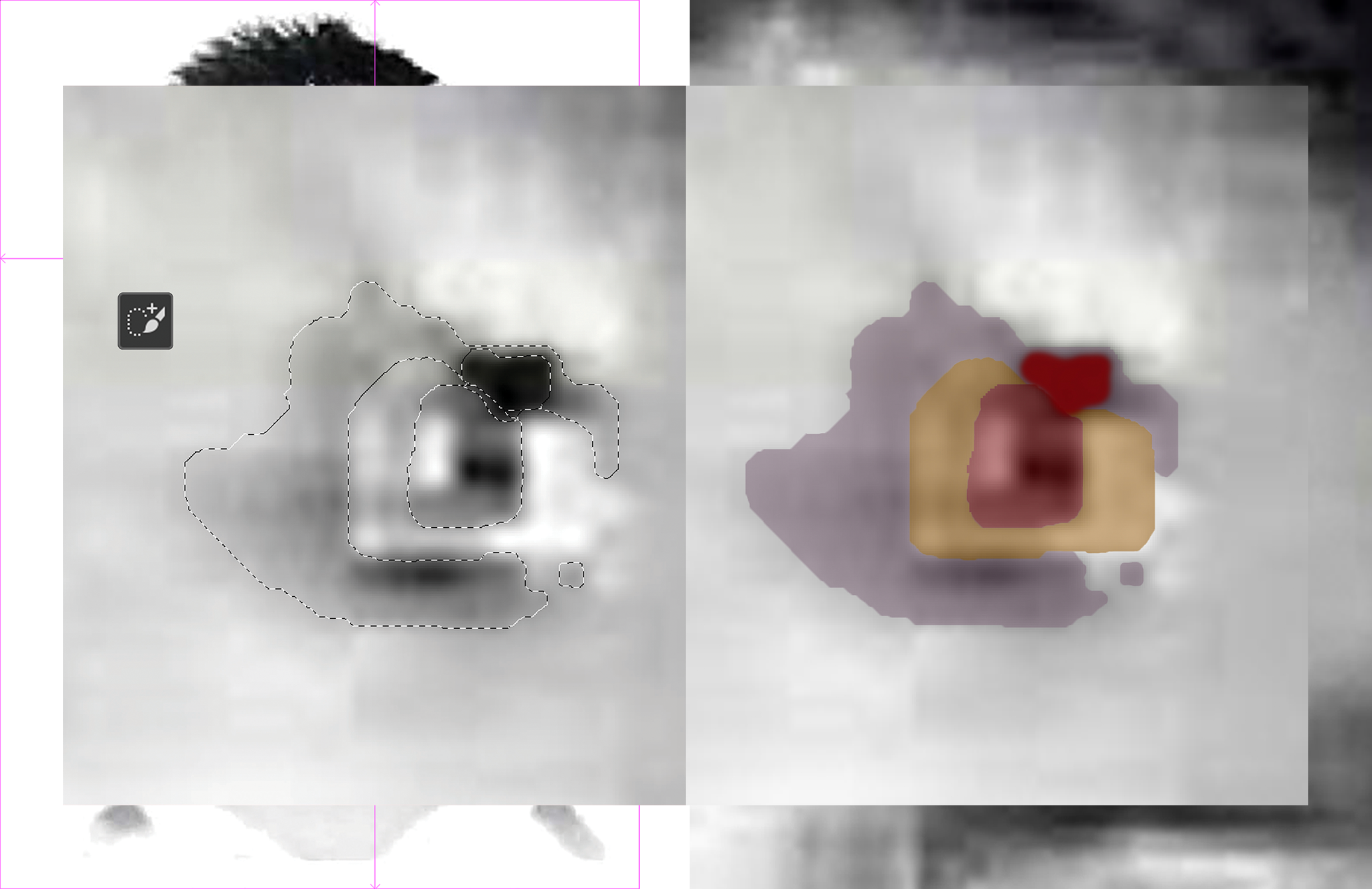

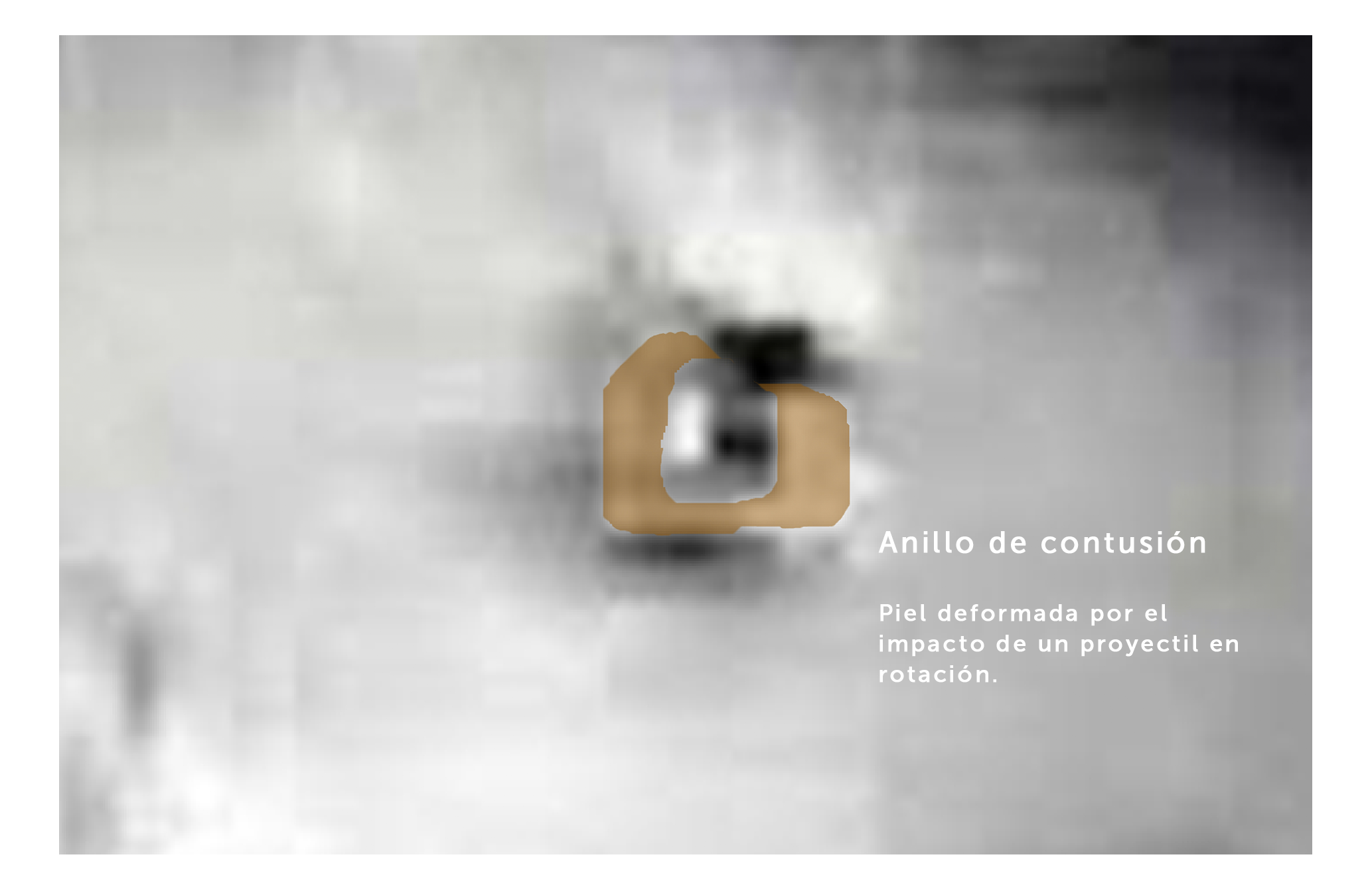
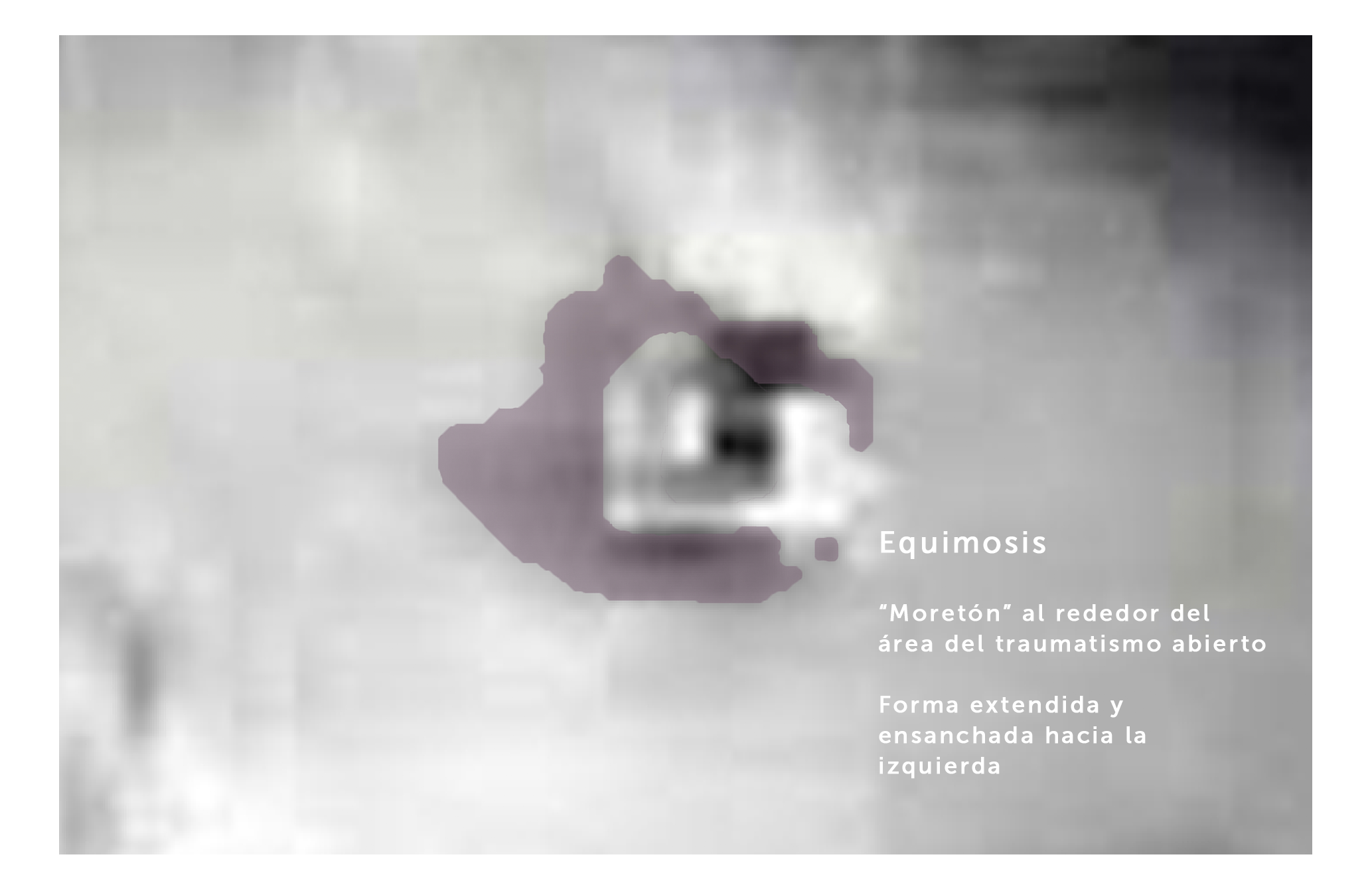
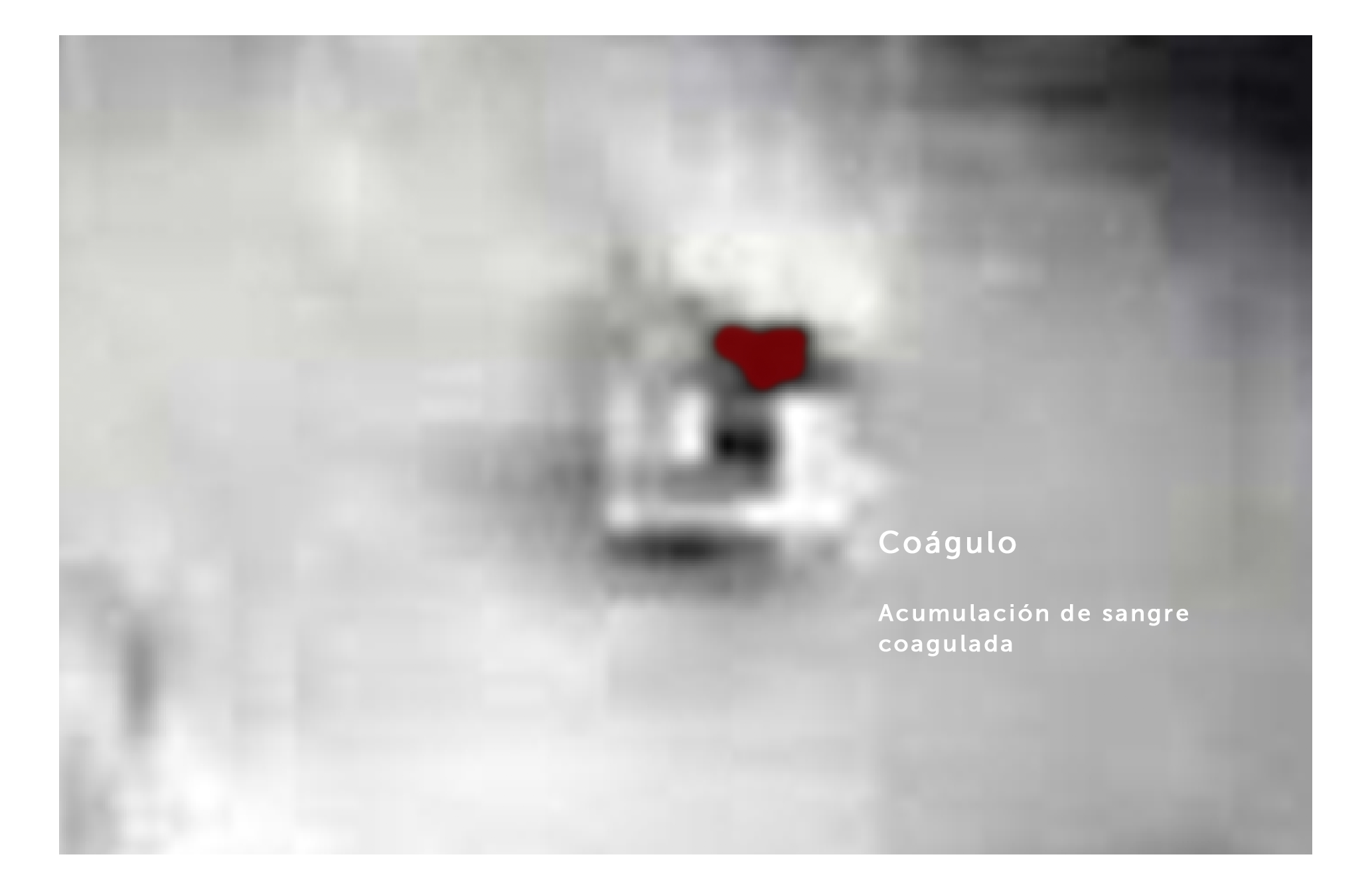
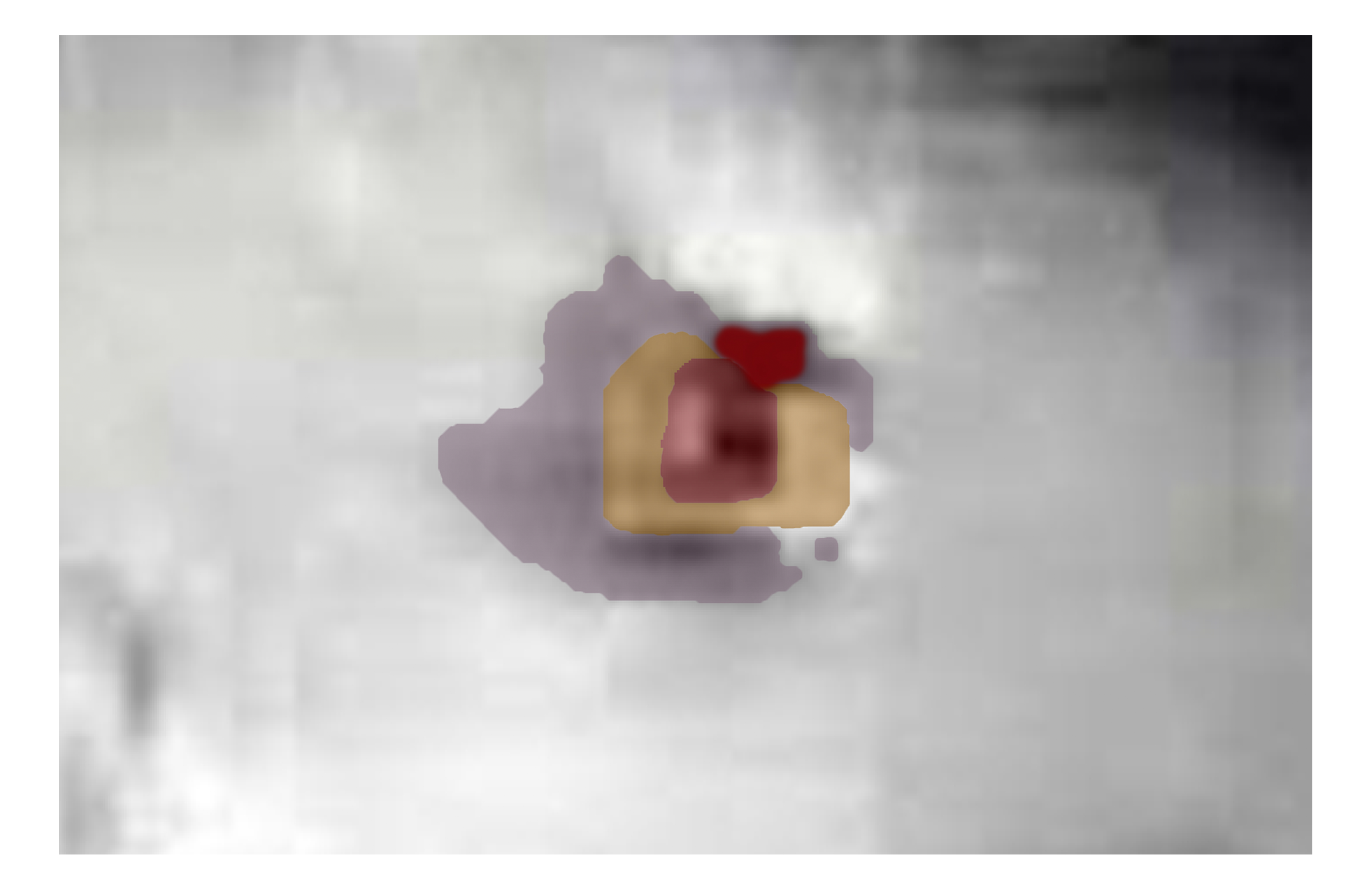
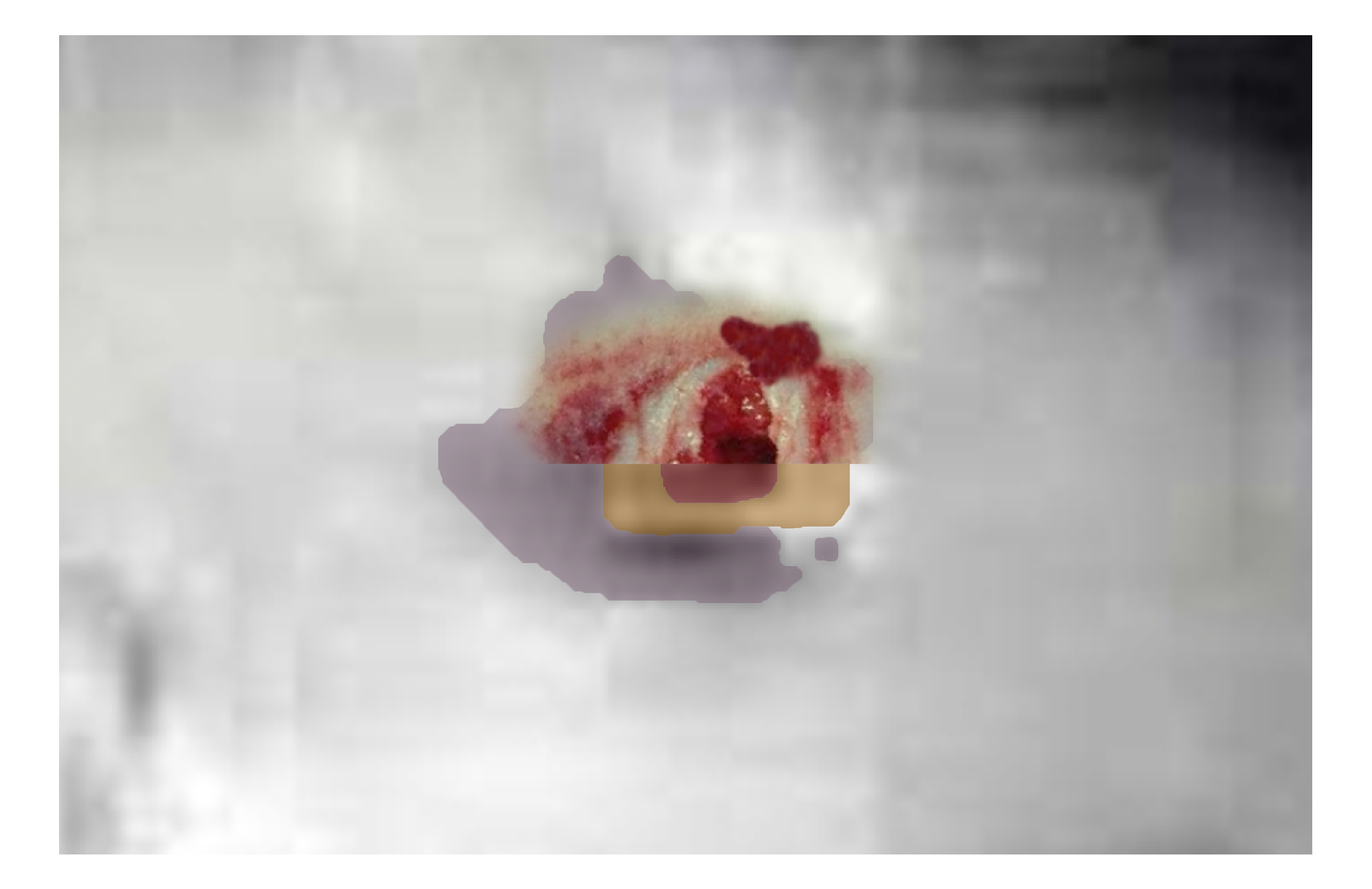
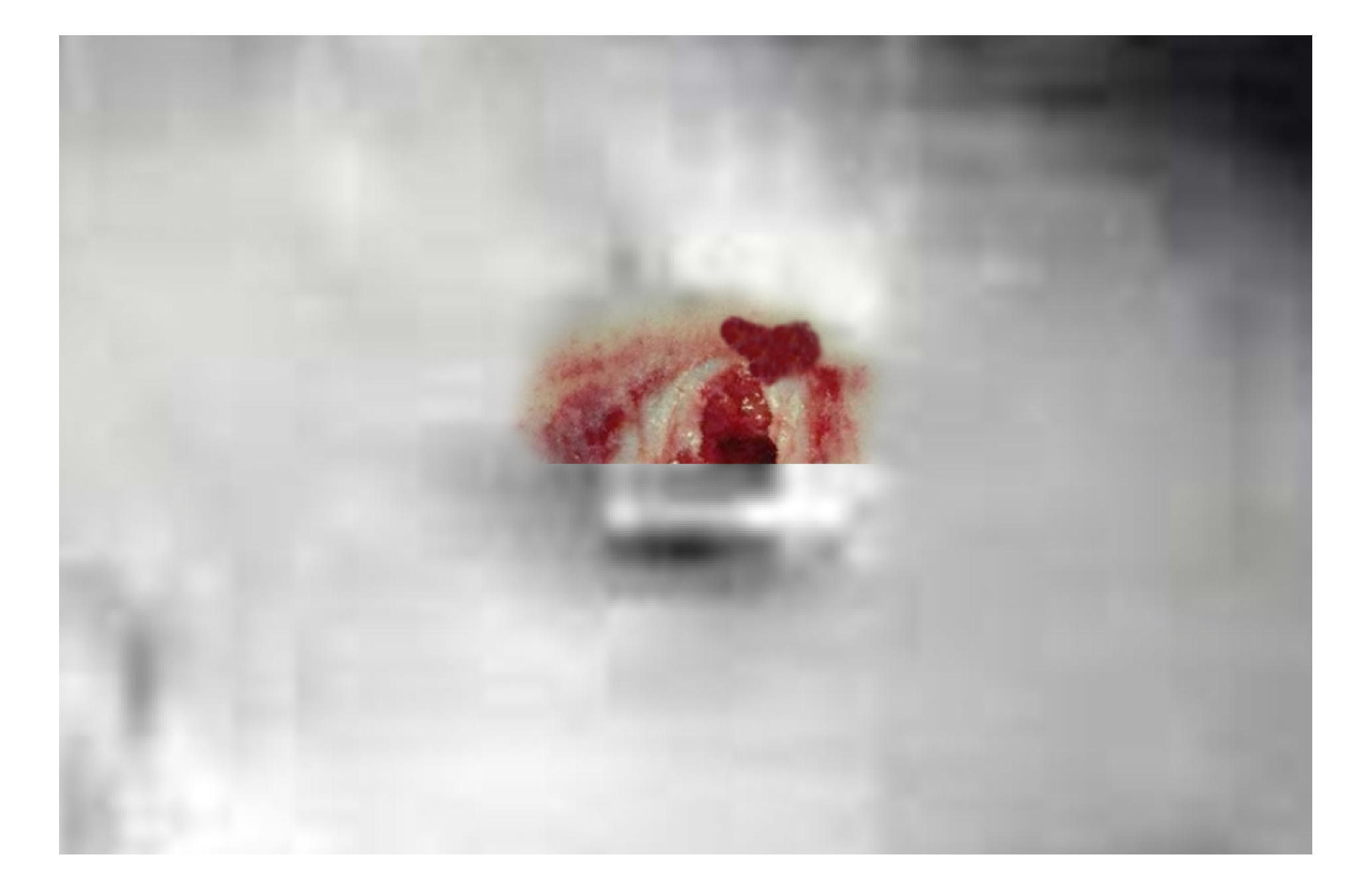
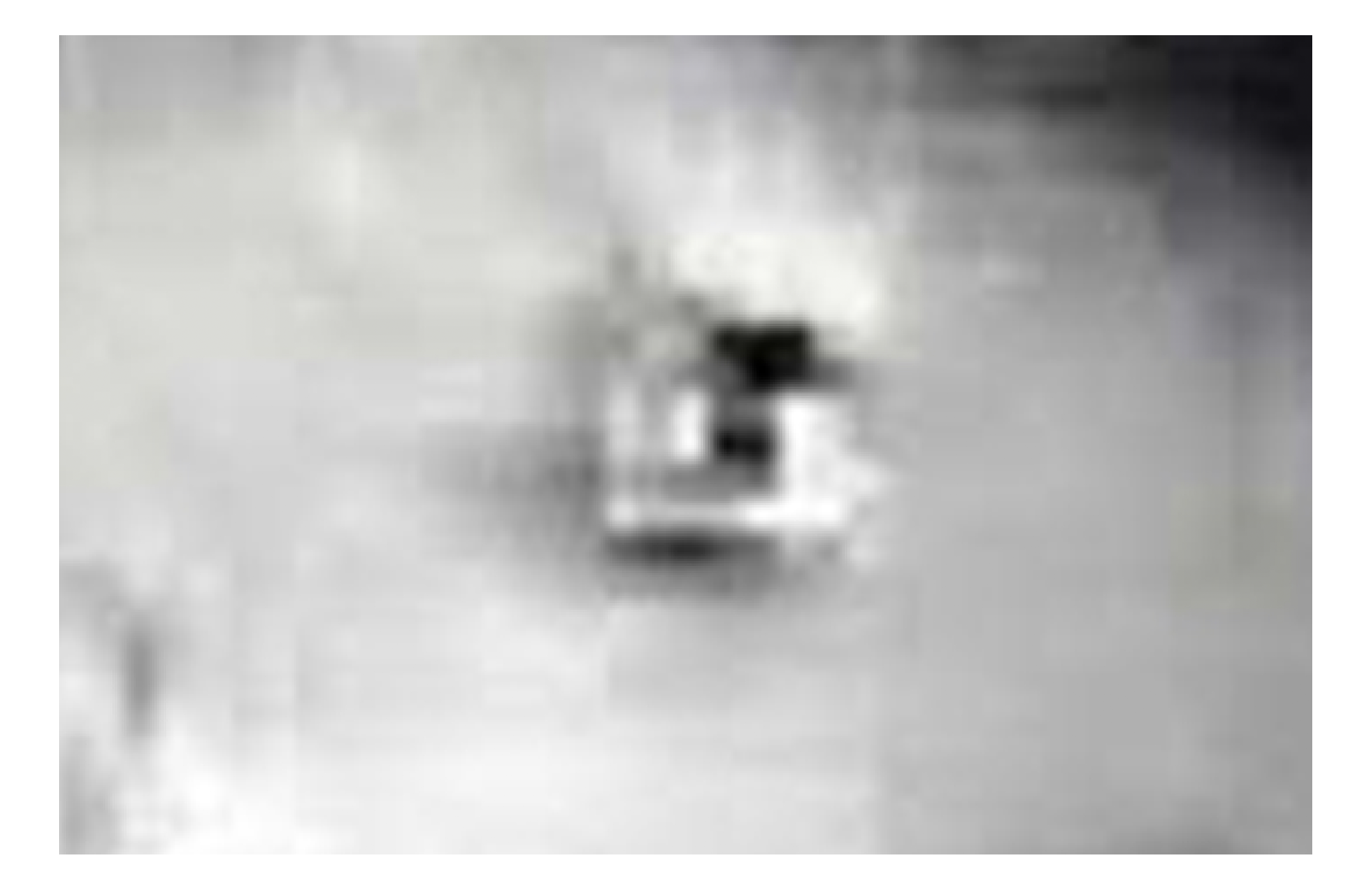
Artist talk: Mauricio Ortega Valerio’s medical-forensic report
The Medical-forensic report has been adapted to be presented as an artist talk in institutions like the Centro de la Imagen and the Contemporary Art University Museum (MUAC). The video documentation of its presentation at MUAC, was edited in order to extend to it our considerations about images.
Video-documentation excerpt
Credits:
The visual analysis of Mauricio_Ortega_Valerio.jpg was
developed in collaboration with Emilio Gómez, criminalist, criminologist and professor of the Bachelor of
Forensic Sciences at Universidad Nacional Autónoma de México (UNAM), and Ricardo García Toríz, specialist in
Legal and Forensic Medicine.
Adapted versions of the
Medical-forensic report of
Mauricio_Ortega_Valerio.jpg
were presented as artist talks at the Museo
Universitario Arte Contemporáneo (MUAC) in October 2016 [1] and at the Centro de la
Imagen in December 2017 [2].
Medical-forensic report of
Mauricio_Ortega_Valerio.jpg
was first published in the book ‘Medios Múltiples V' [3].
